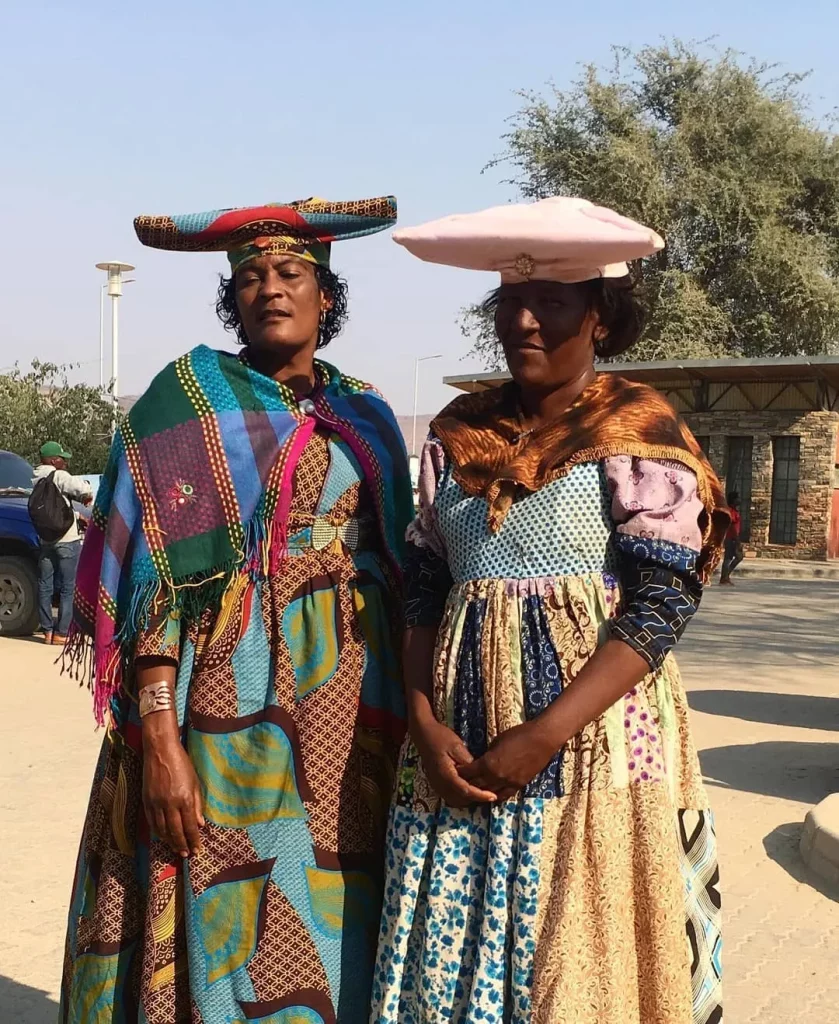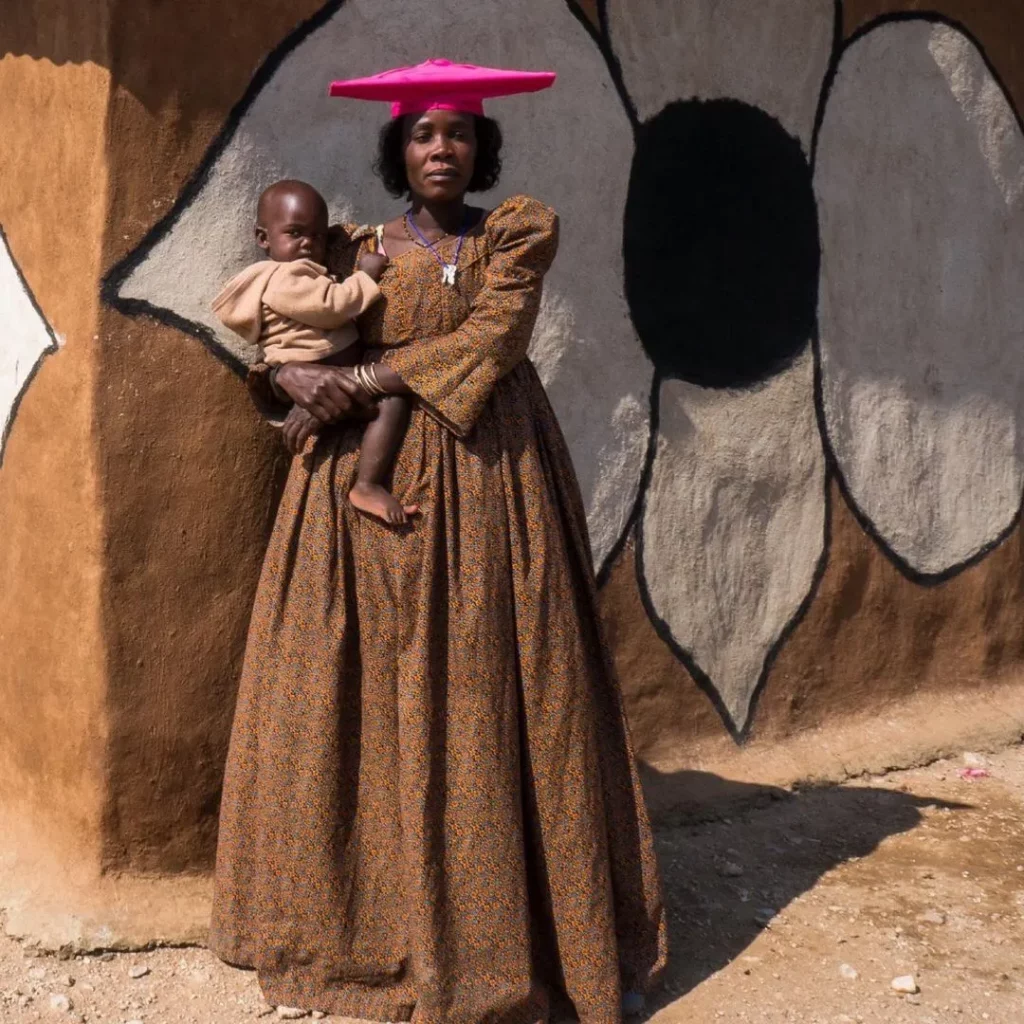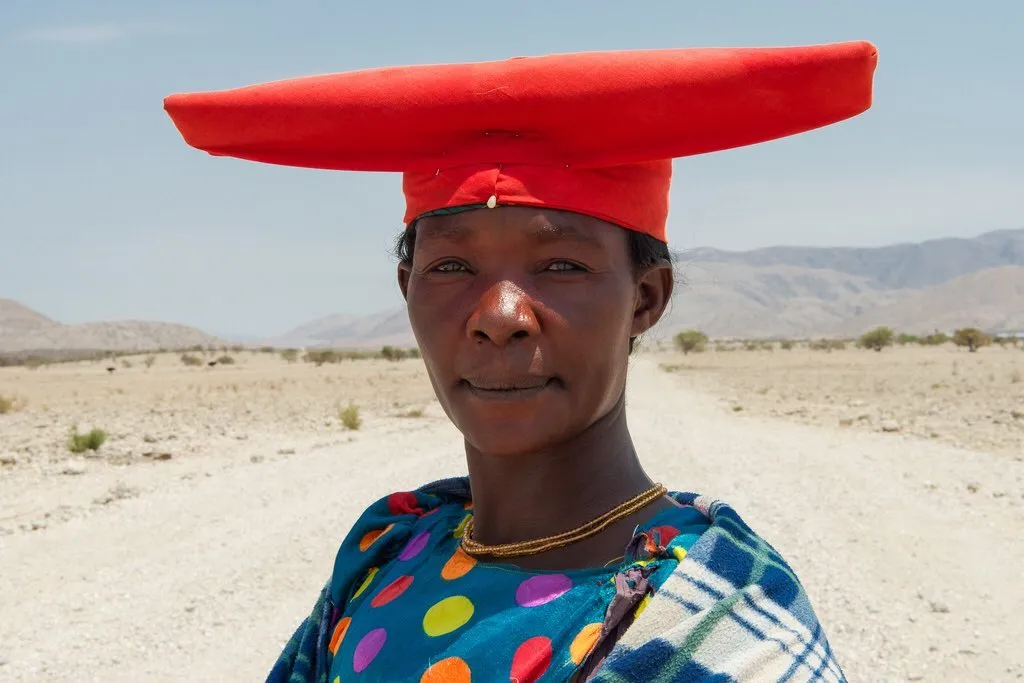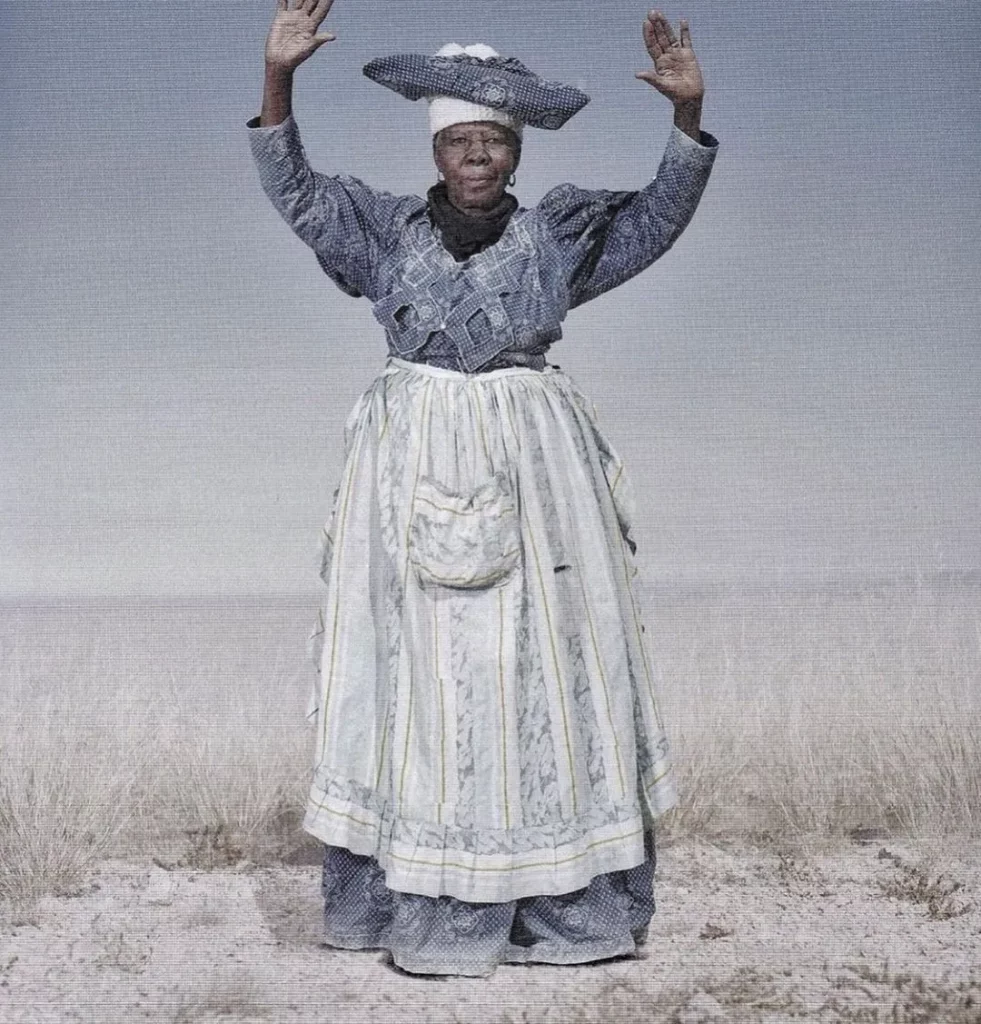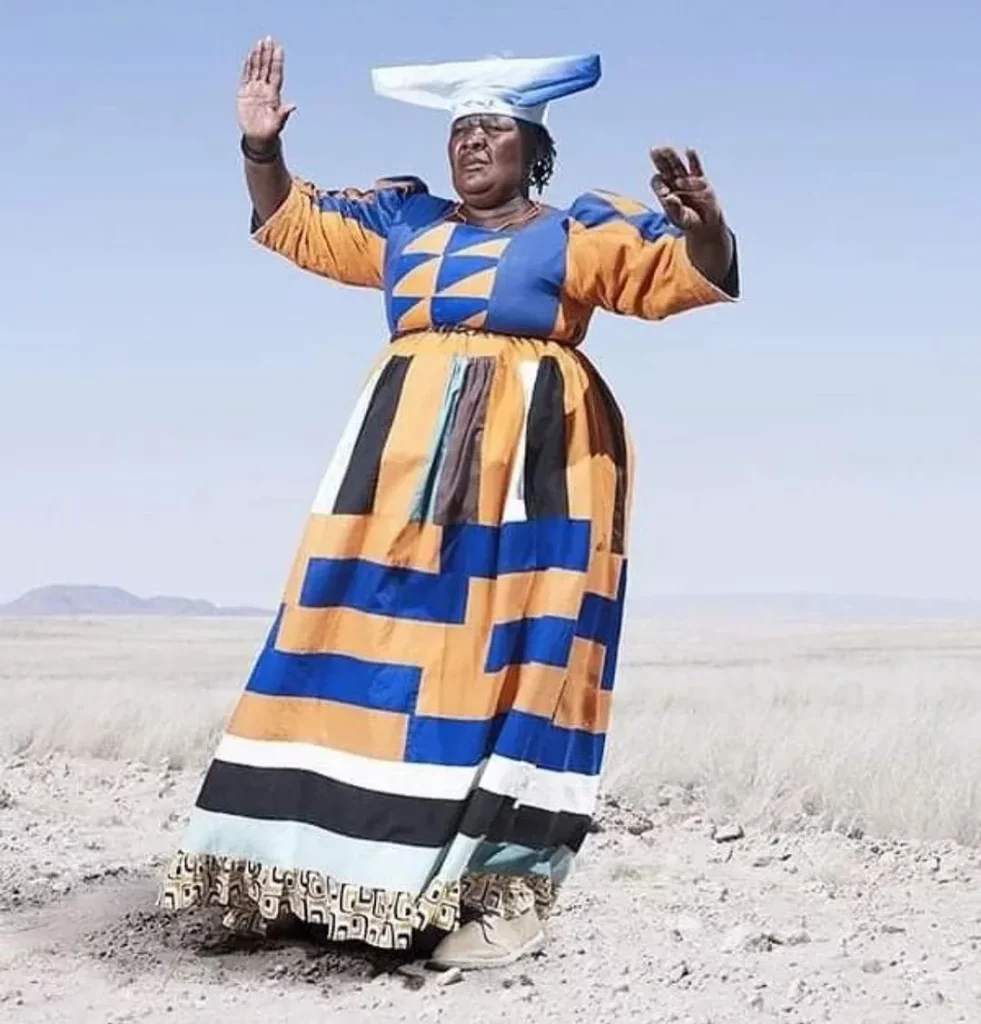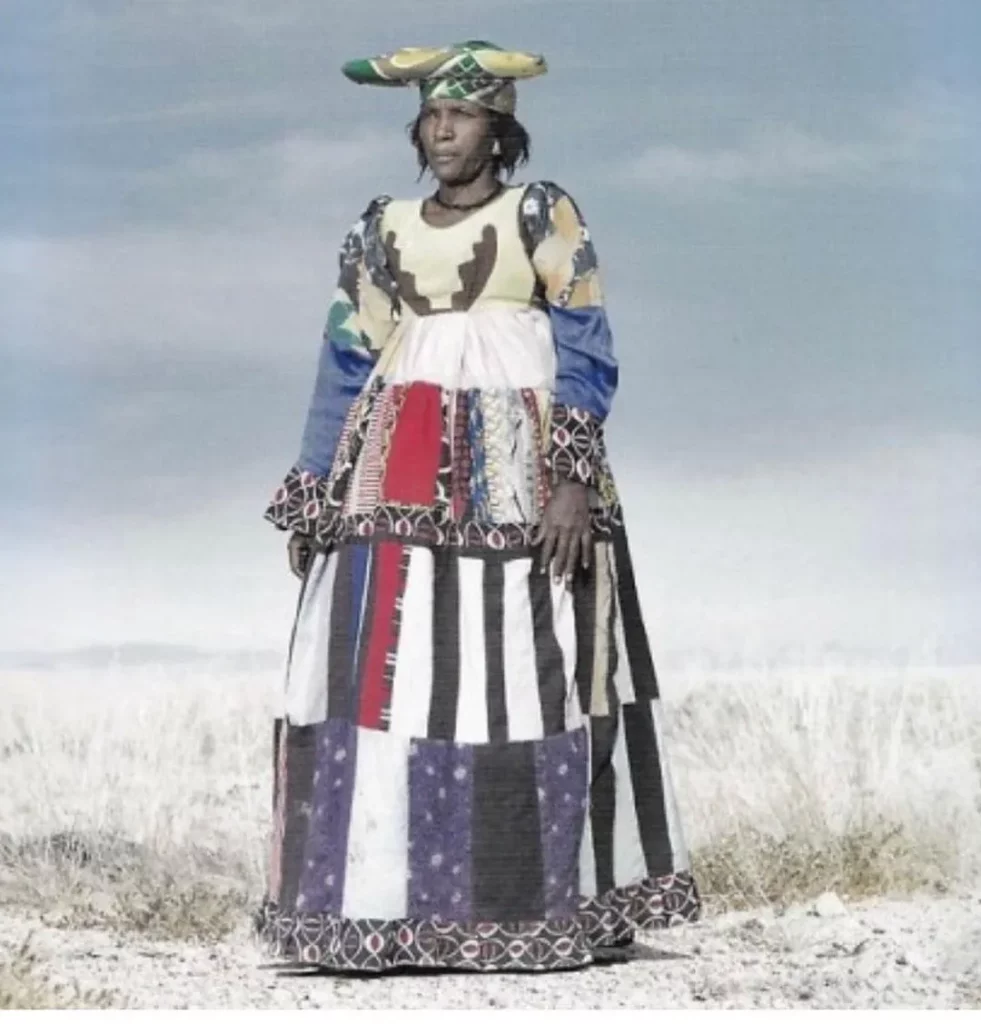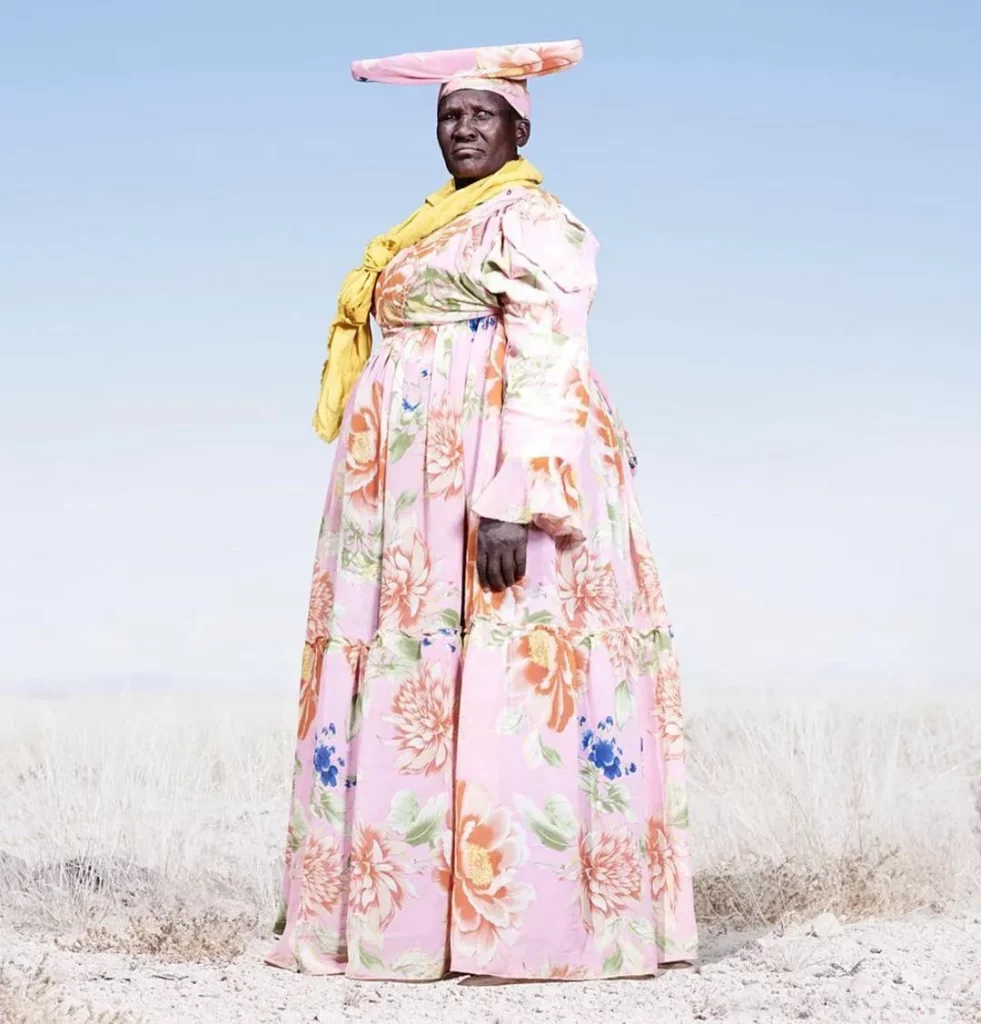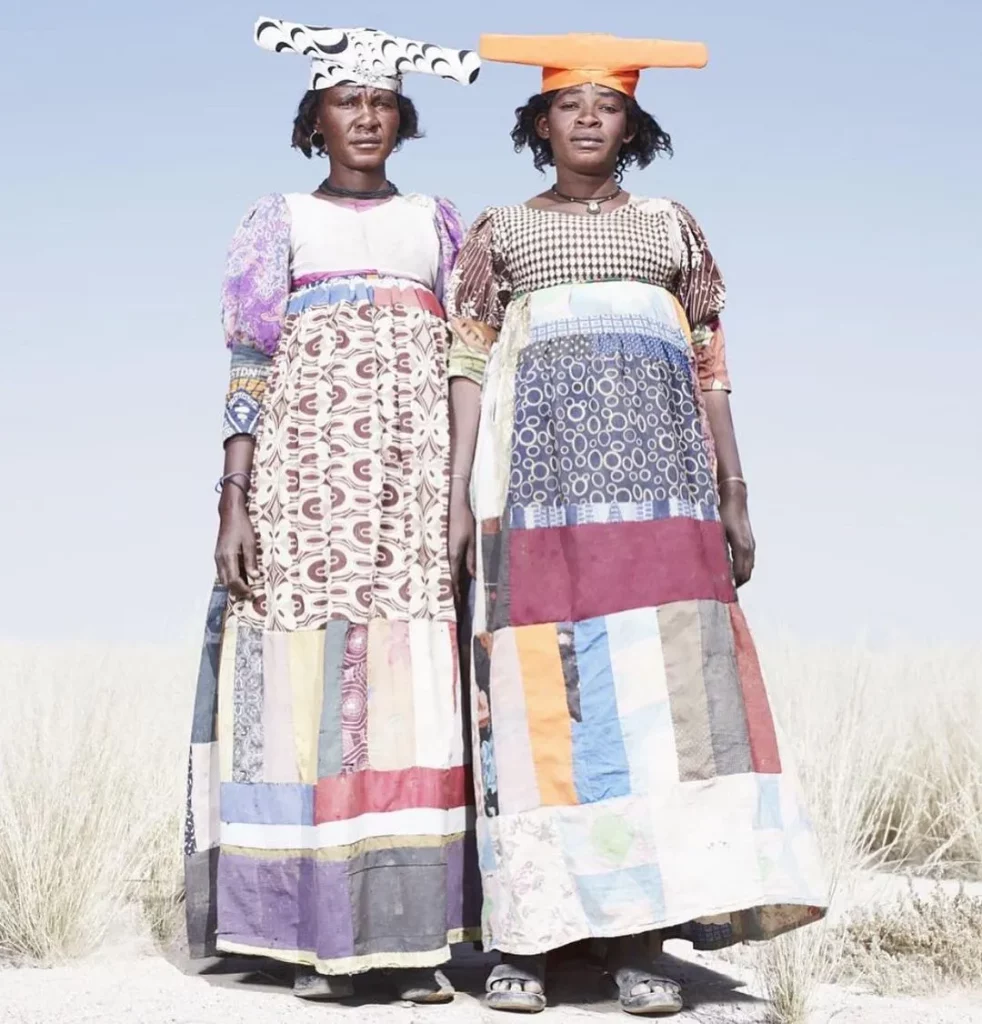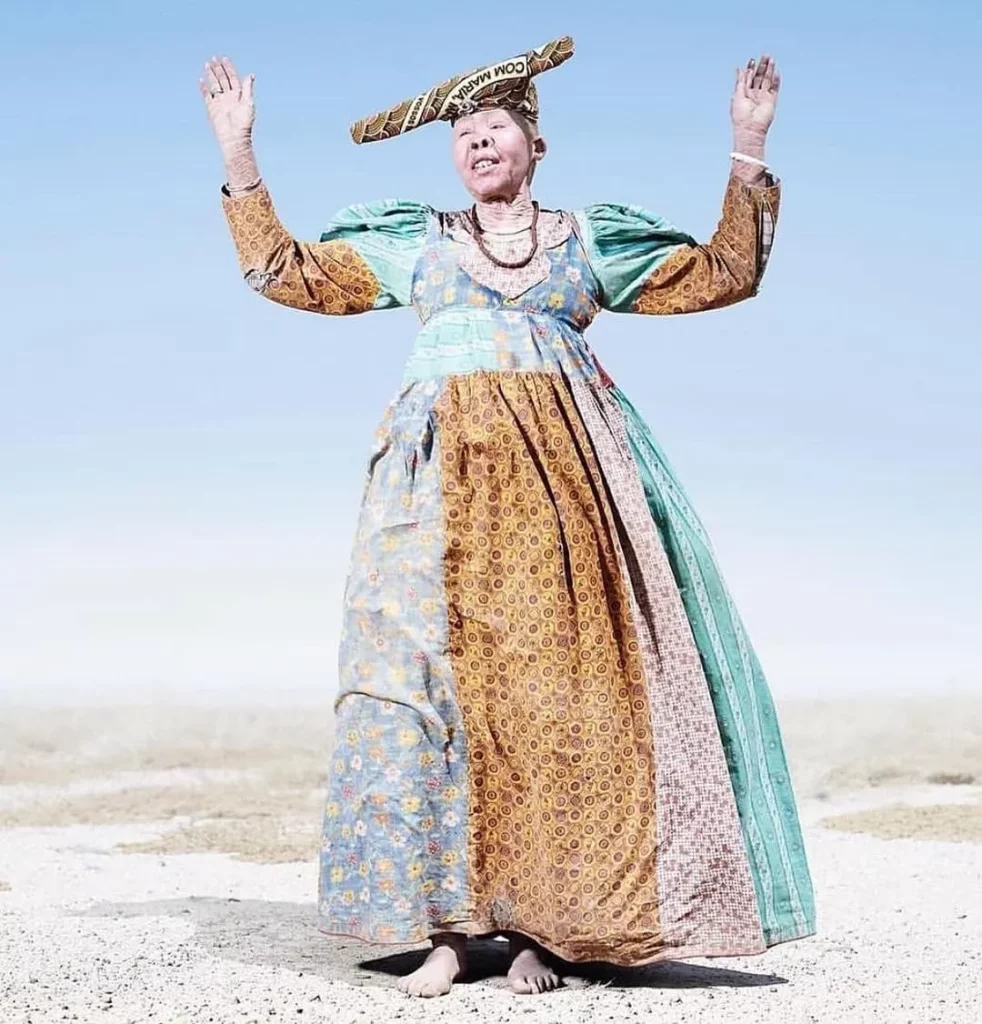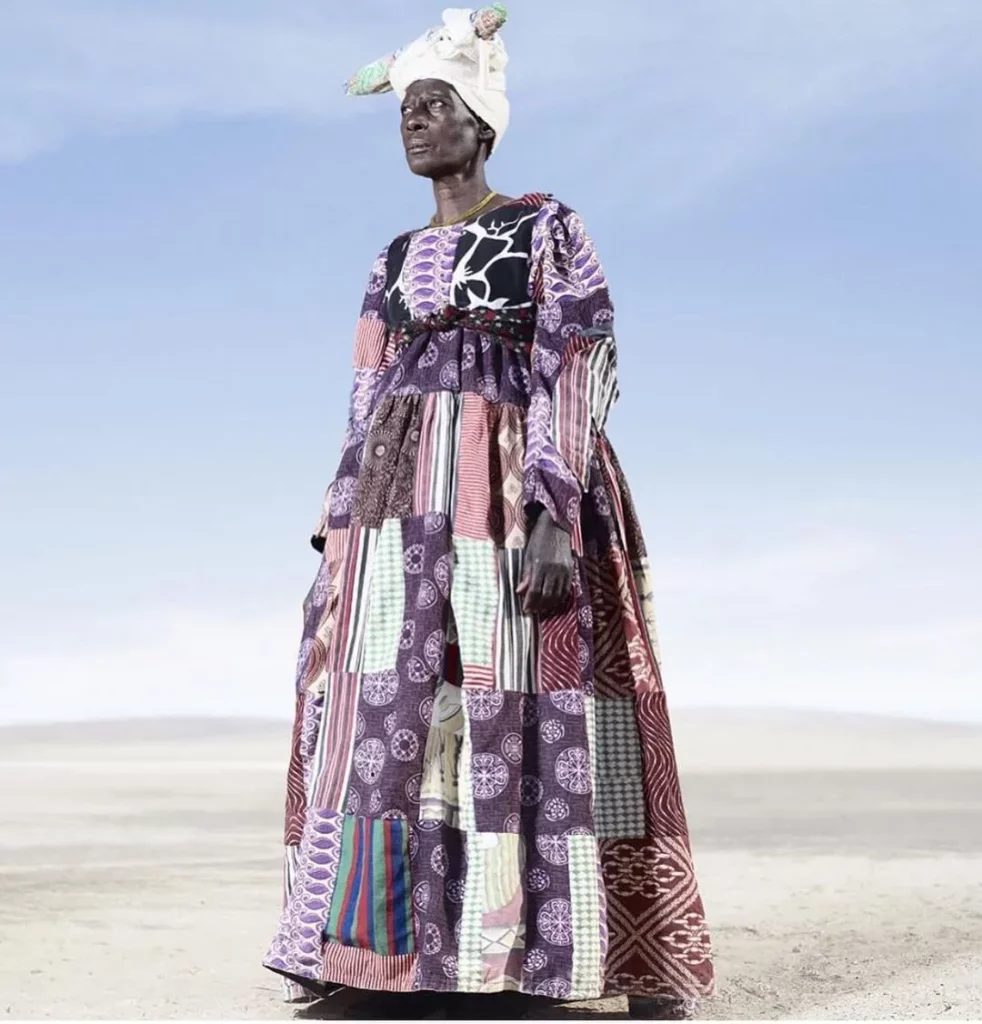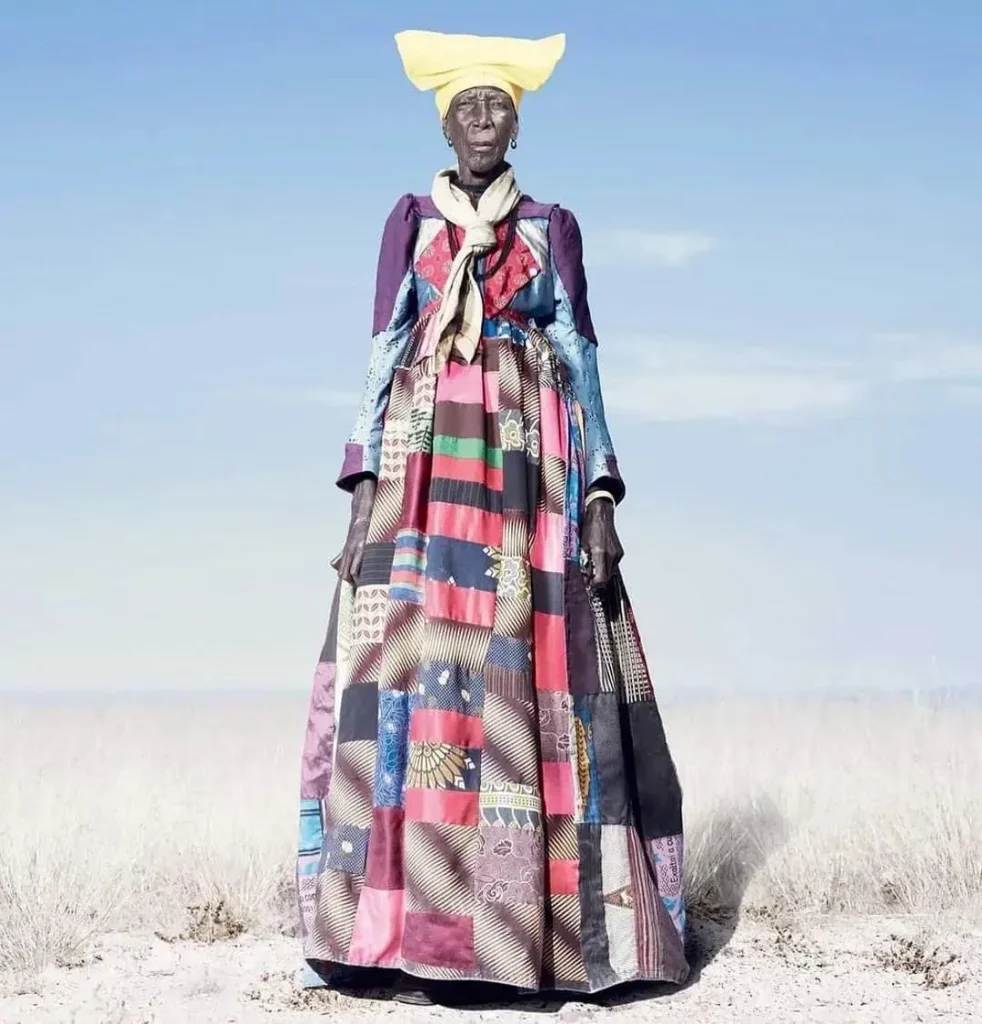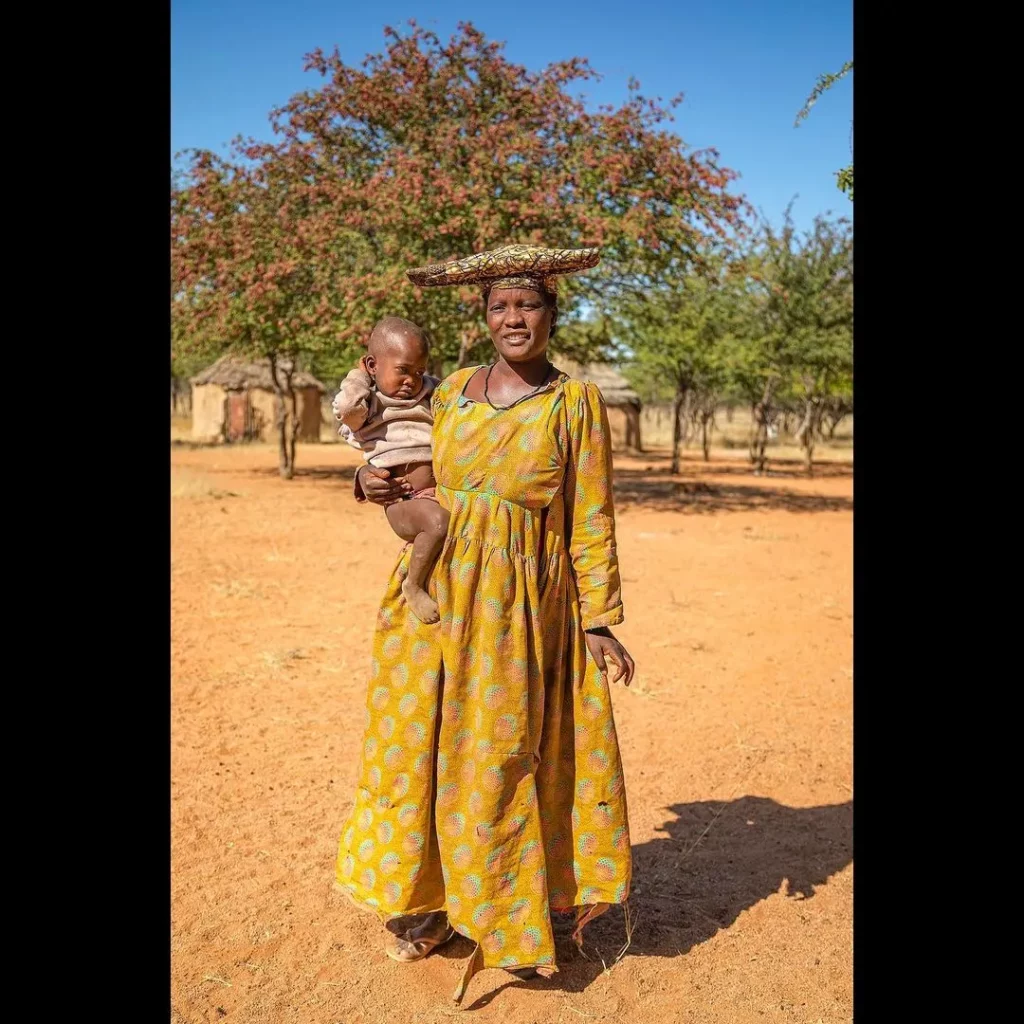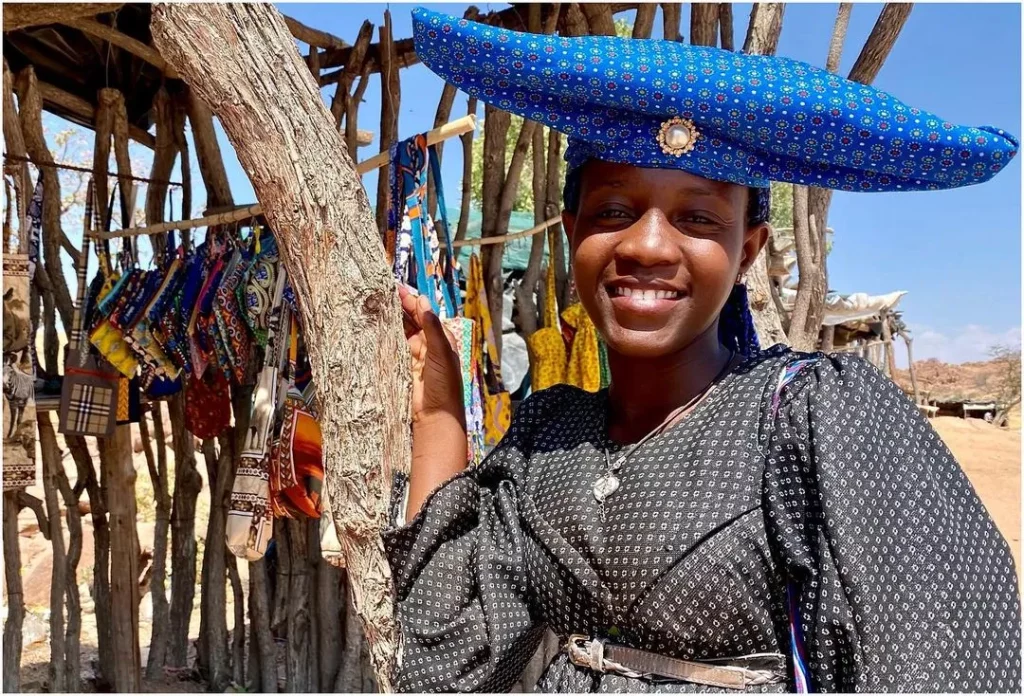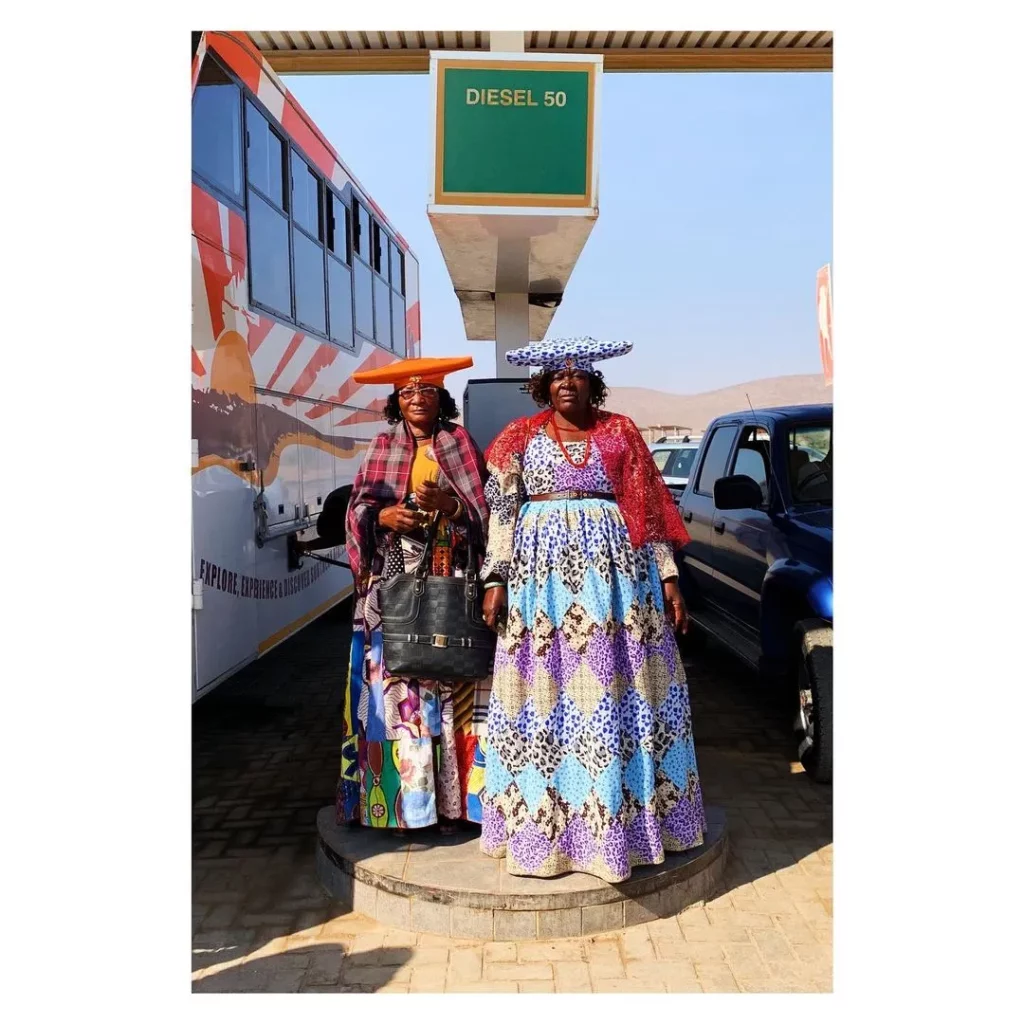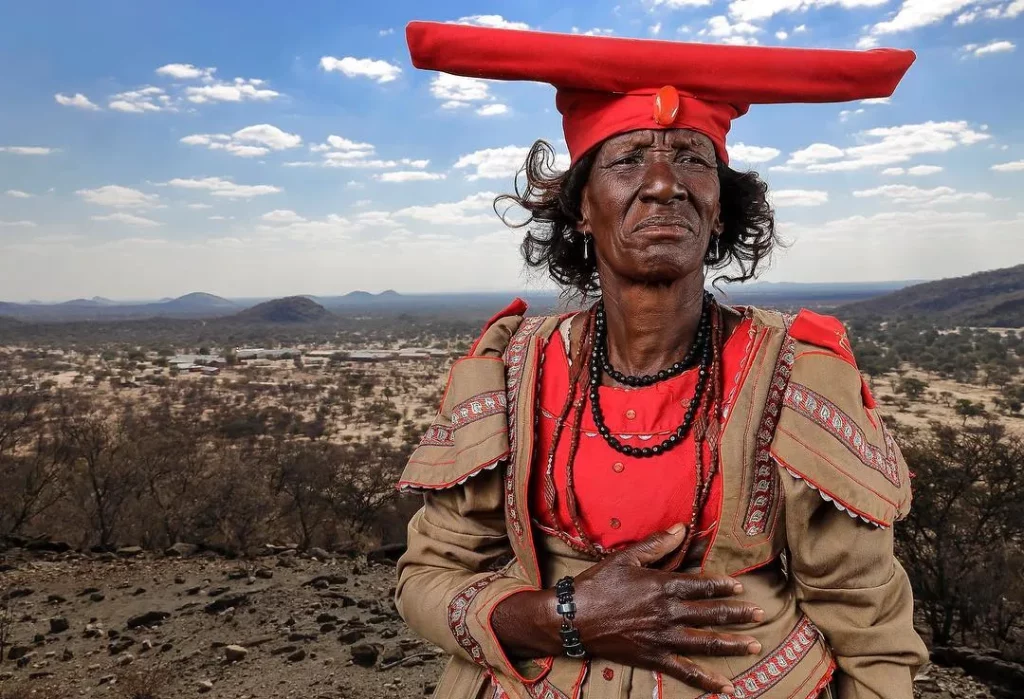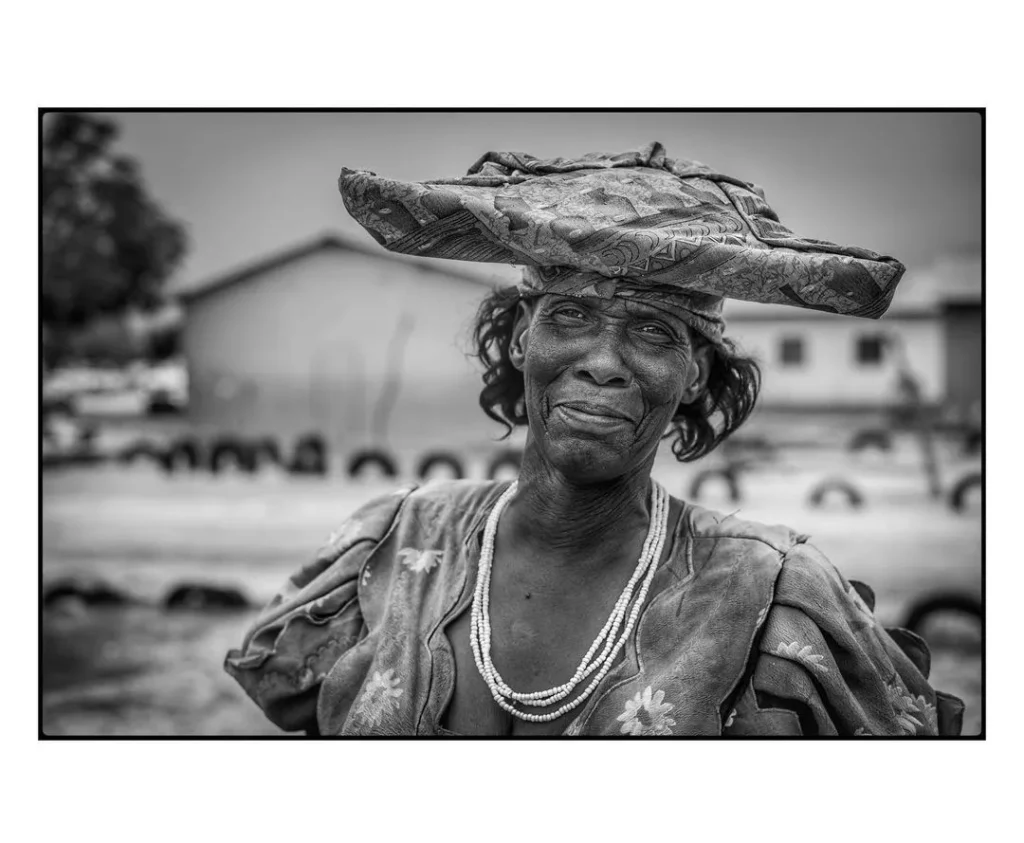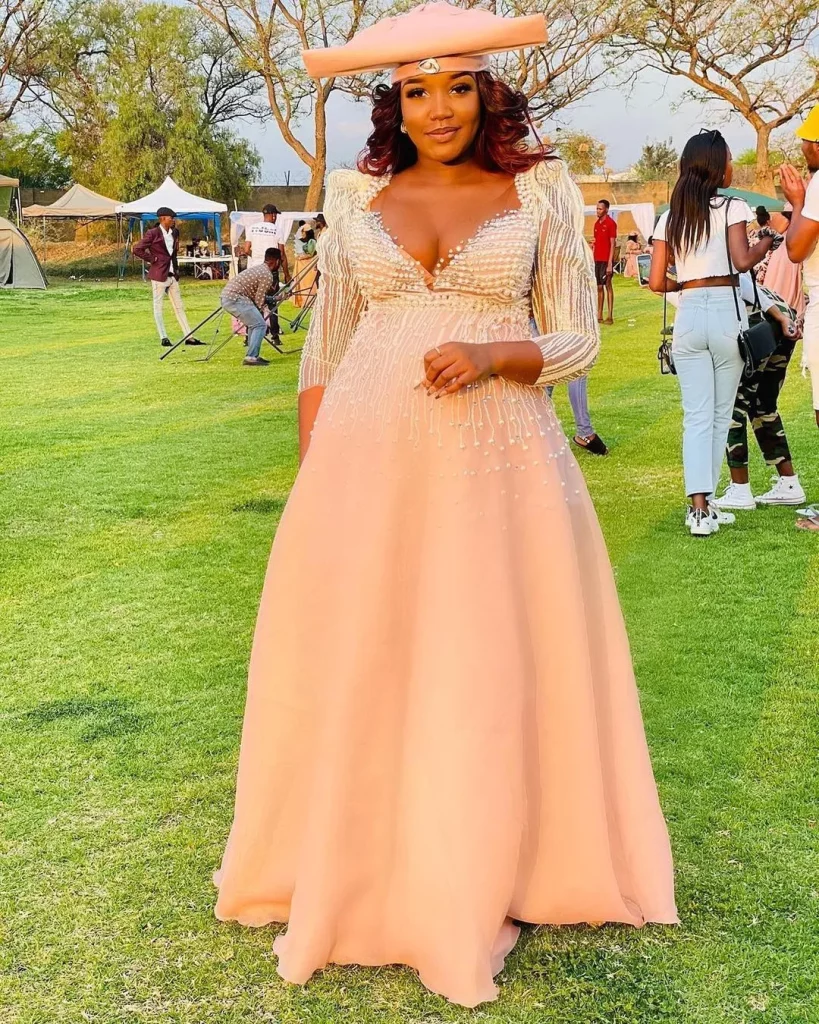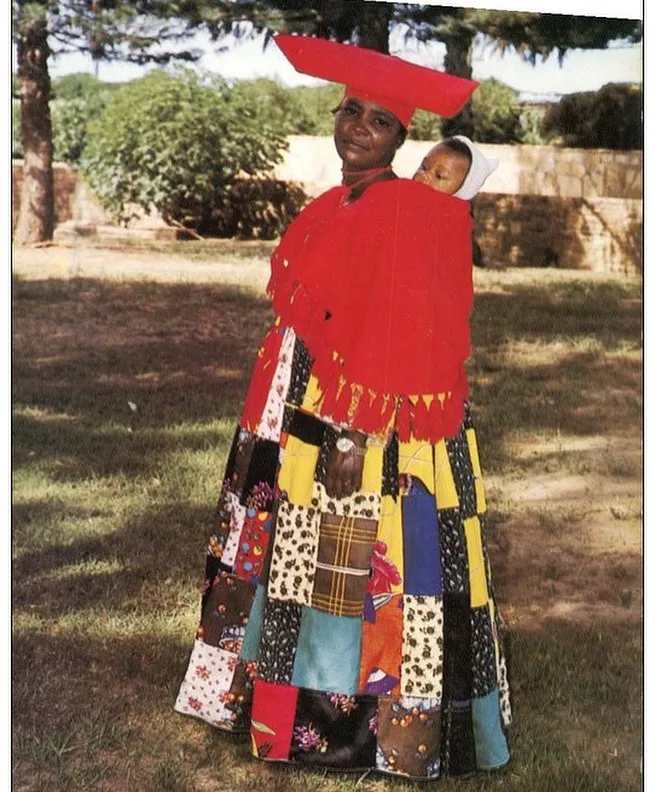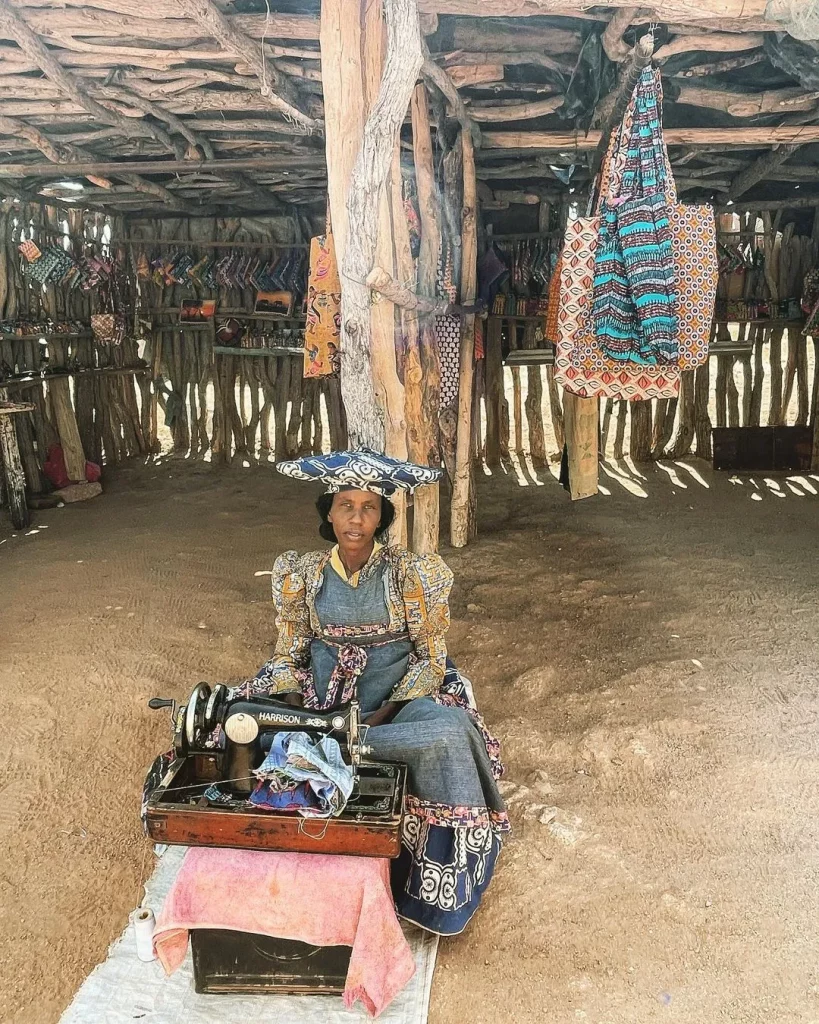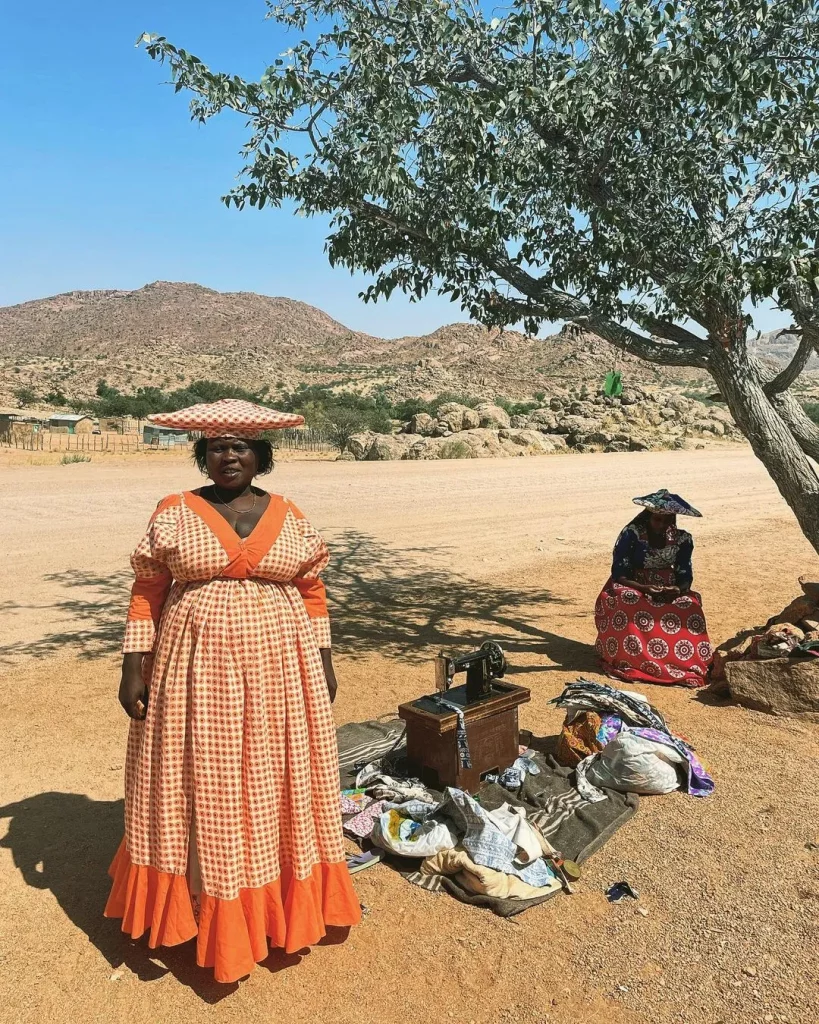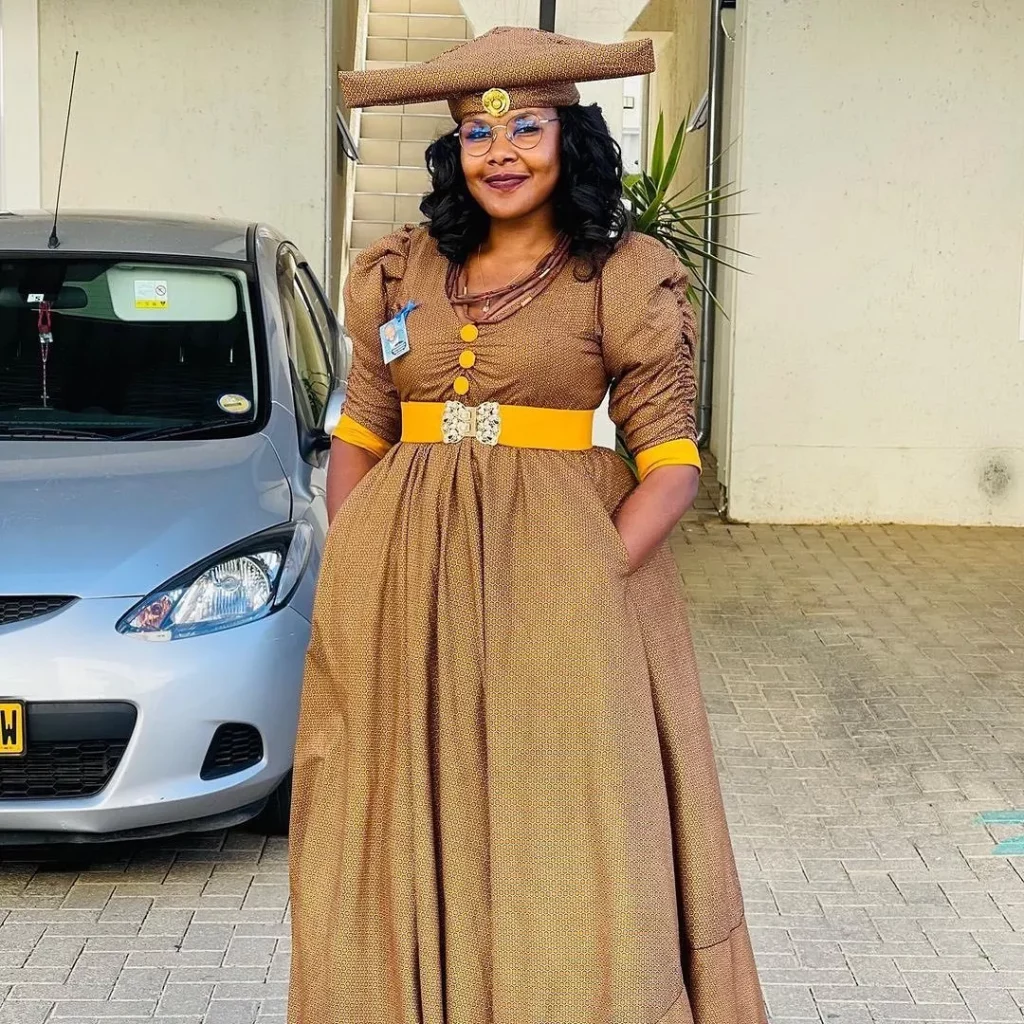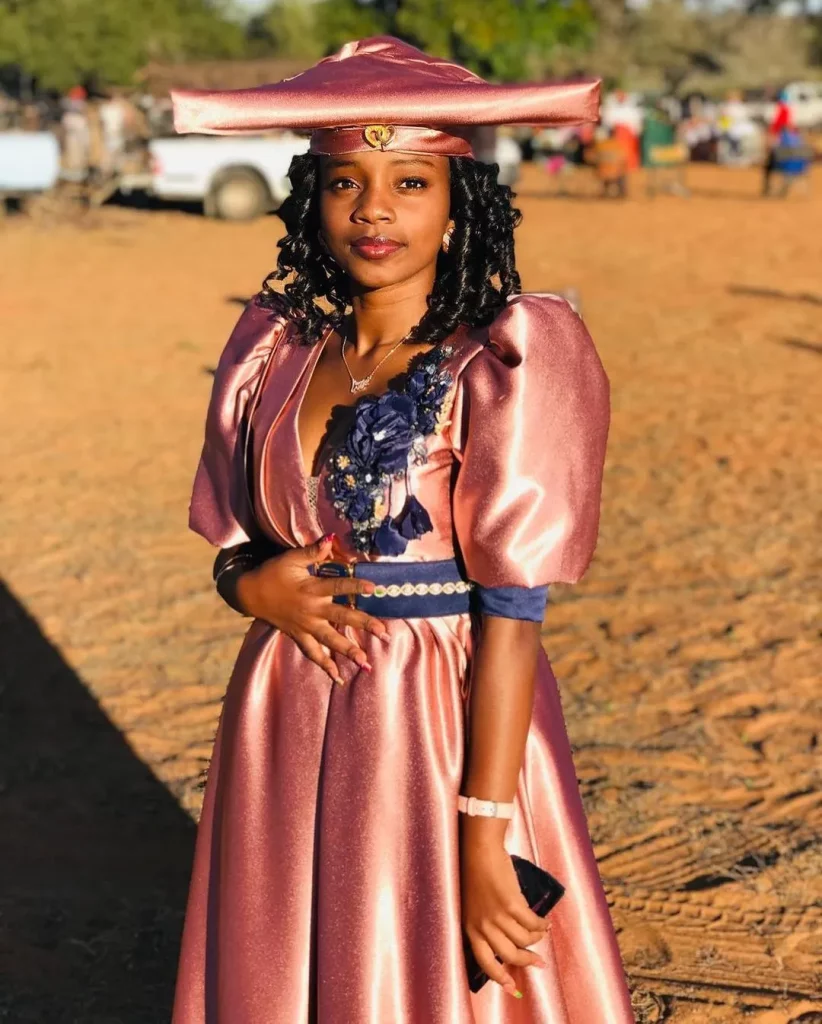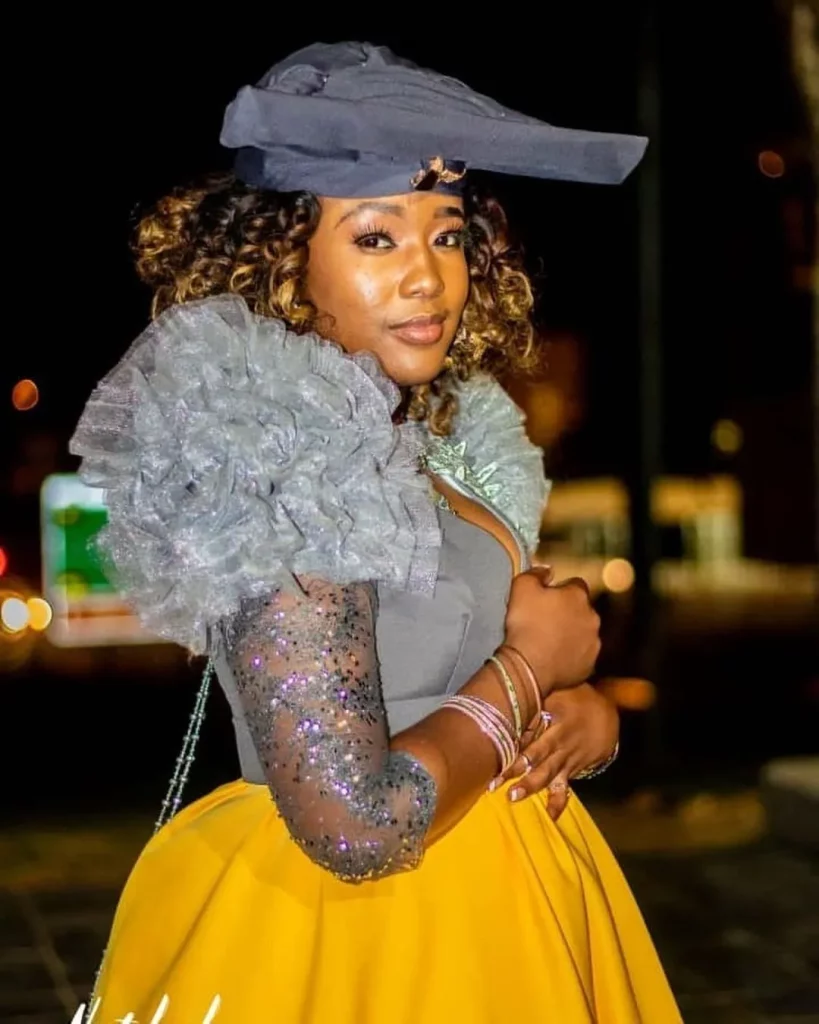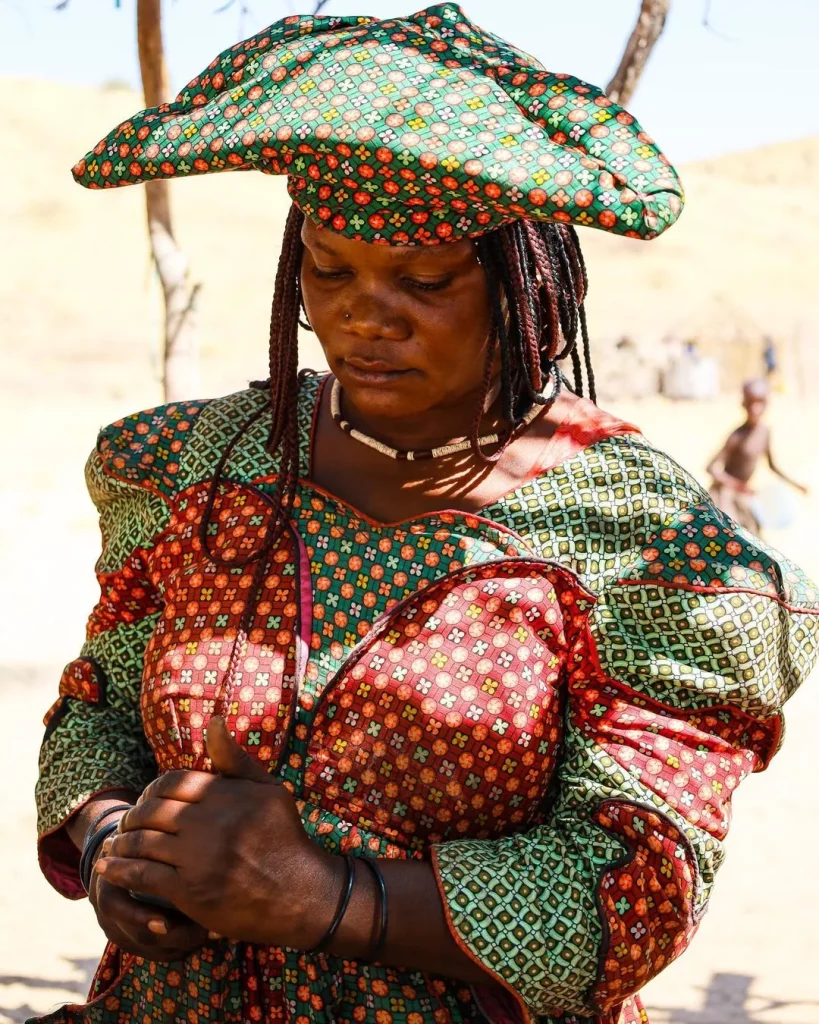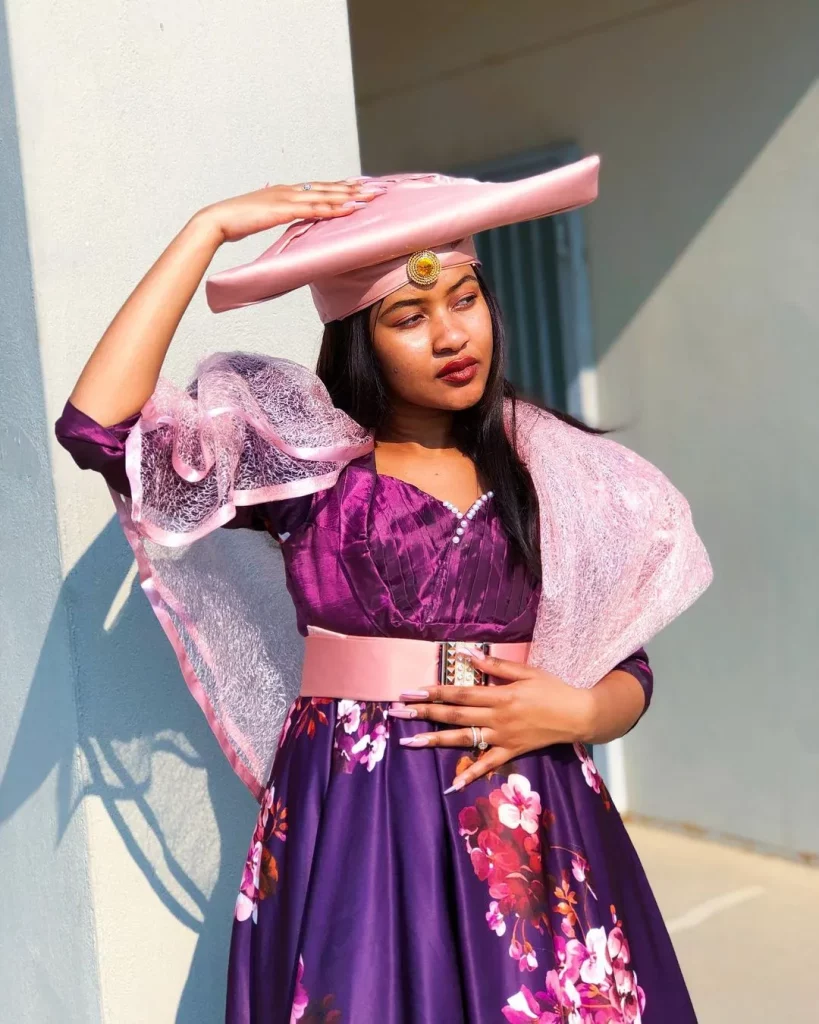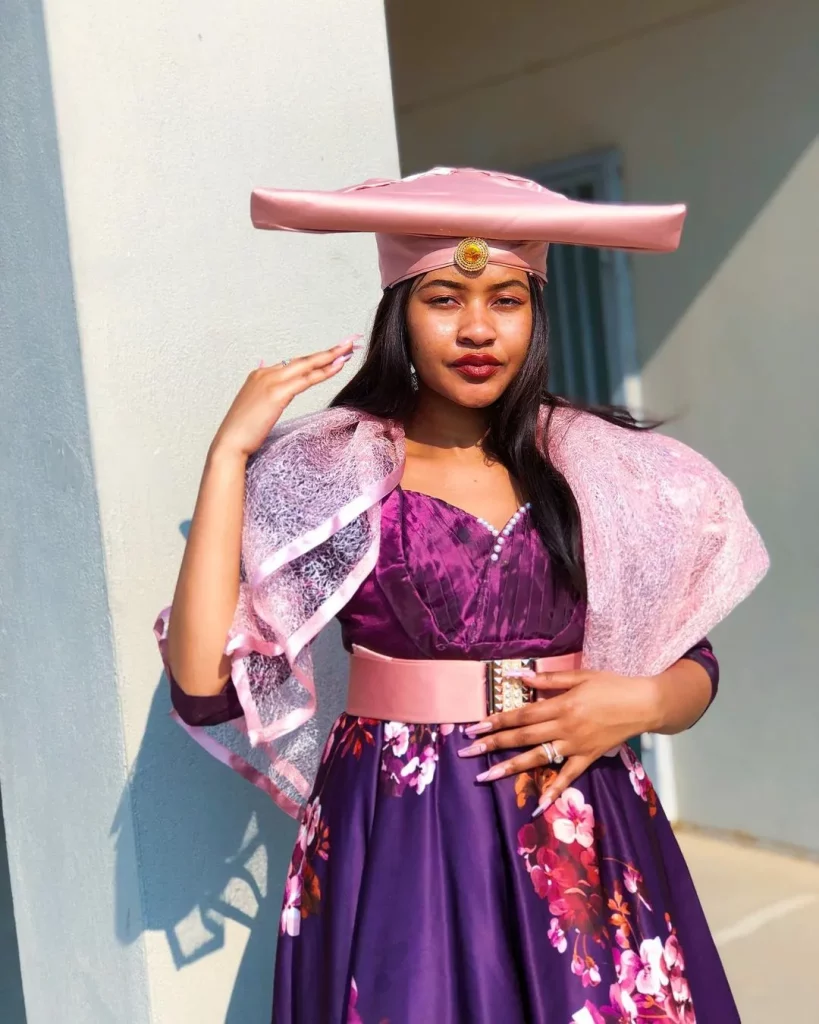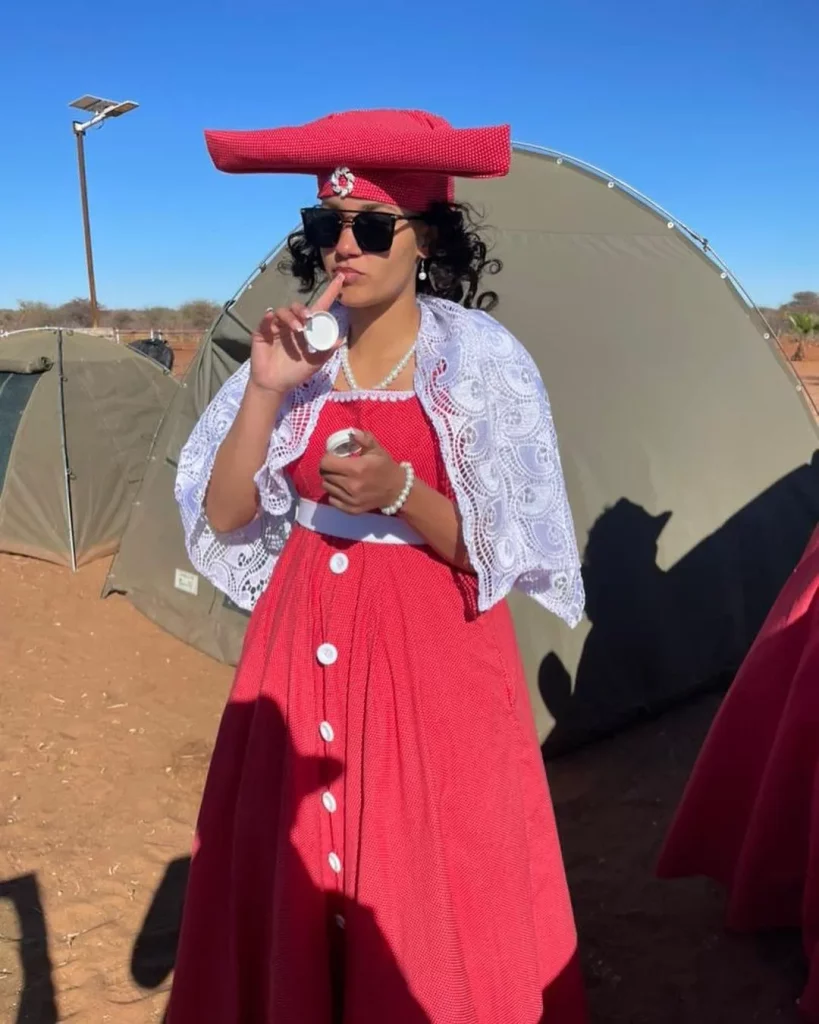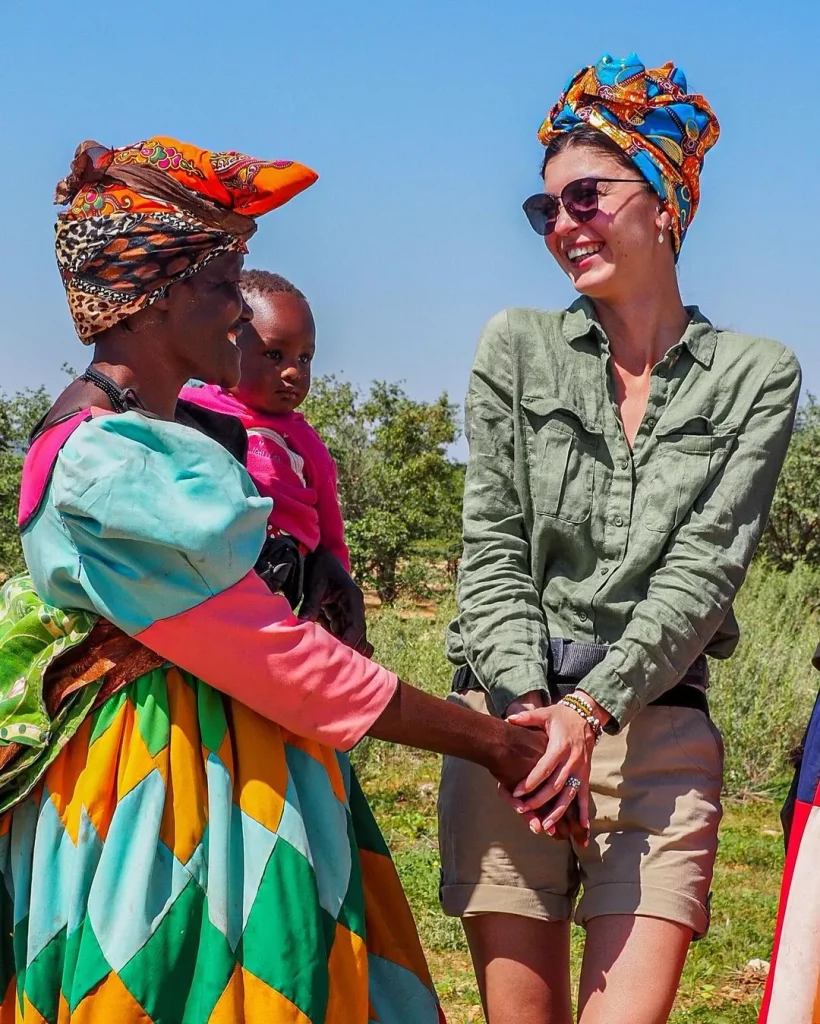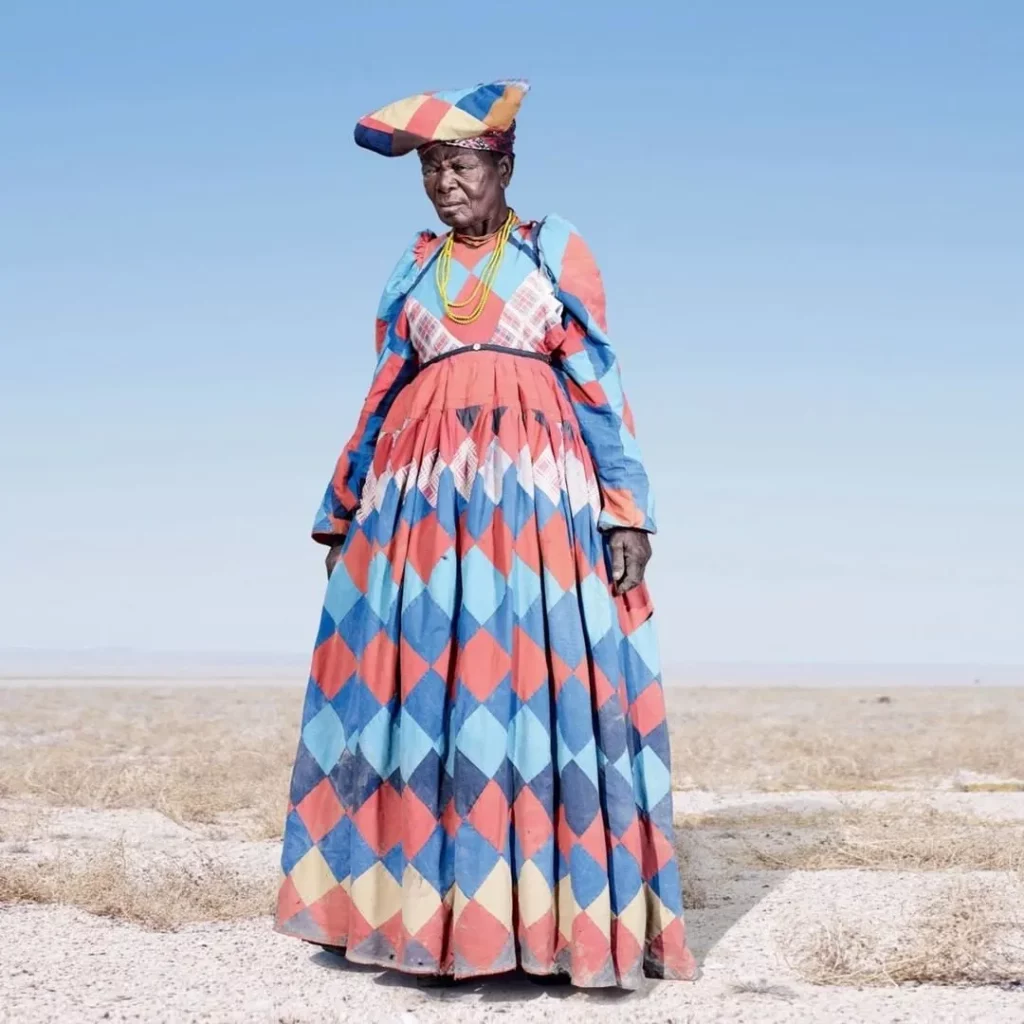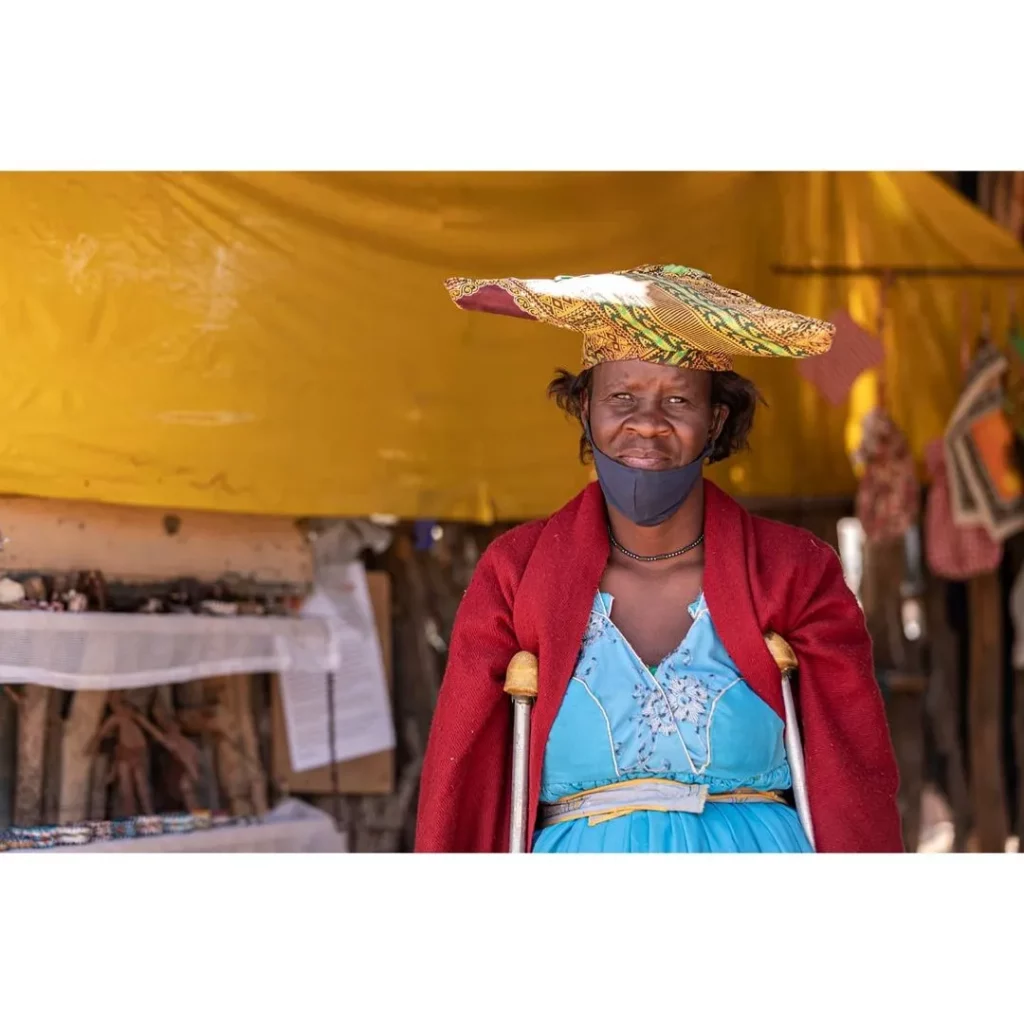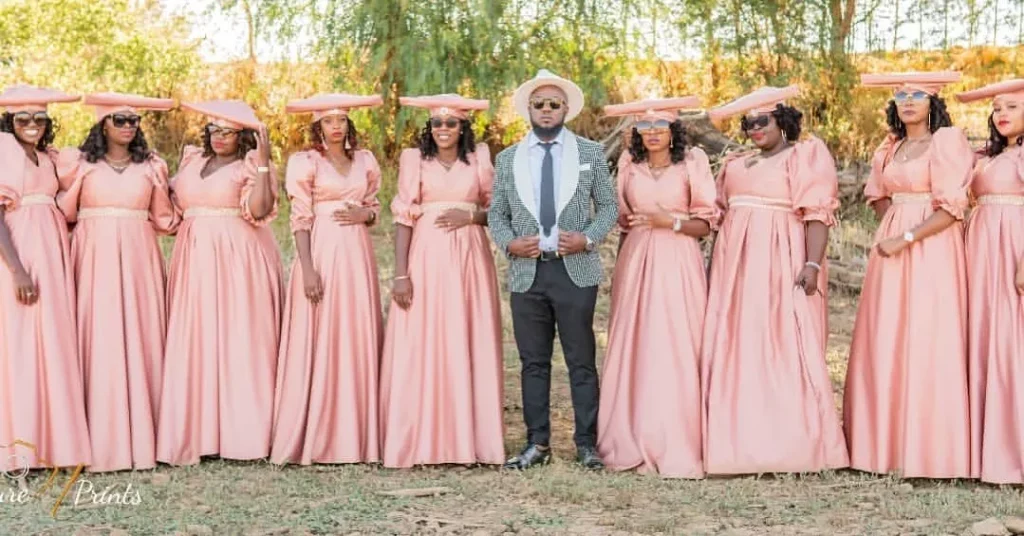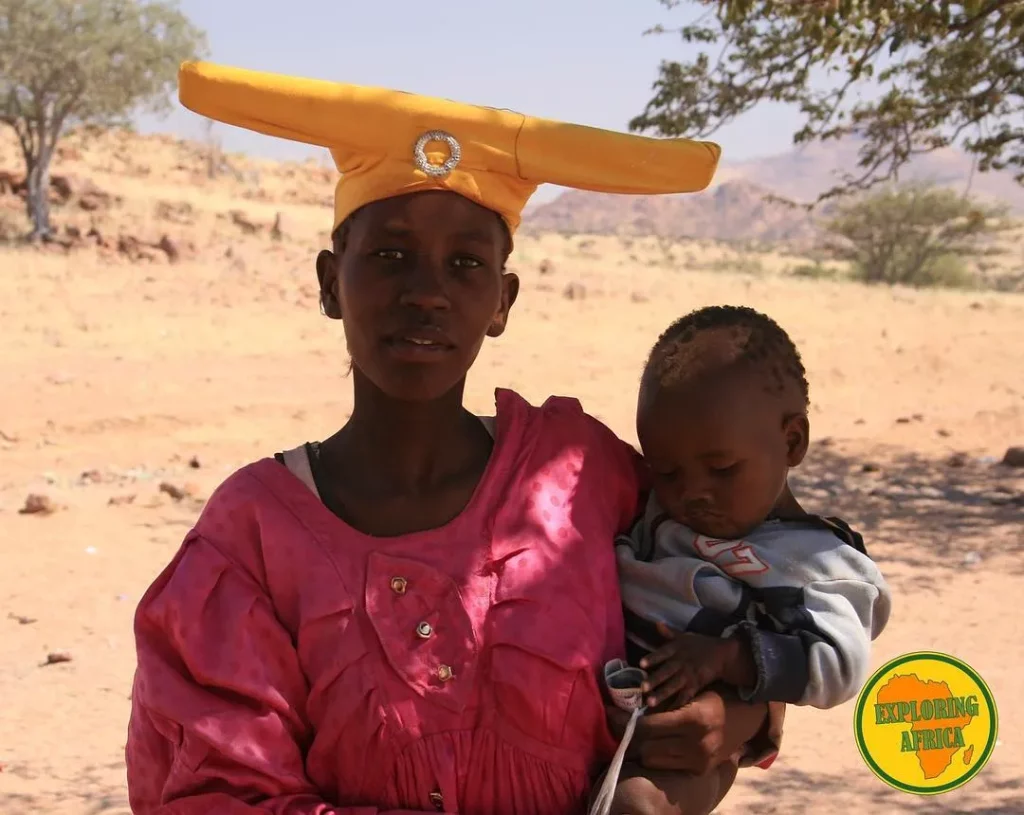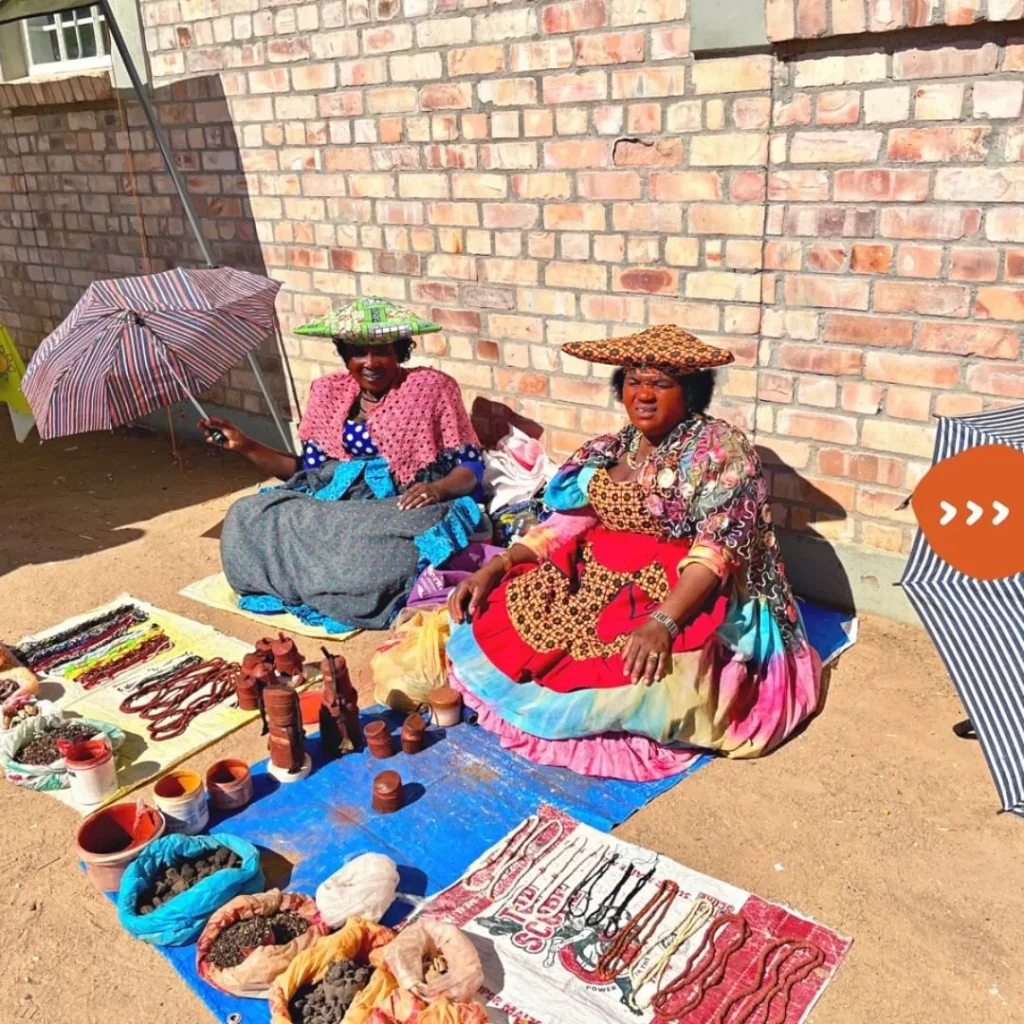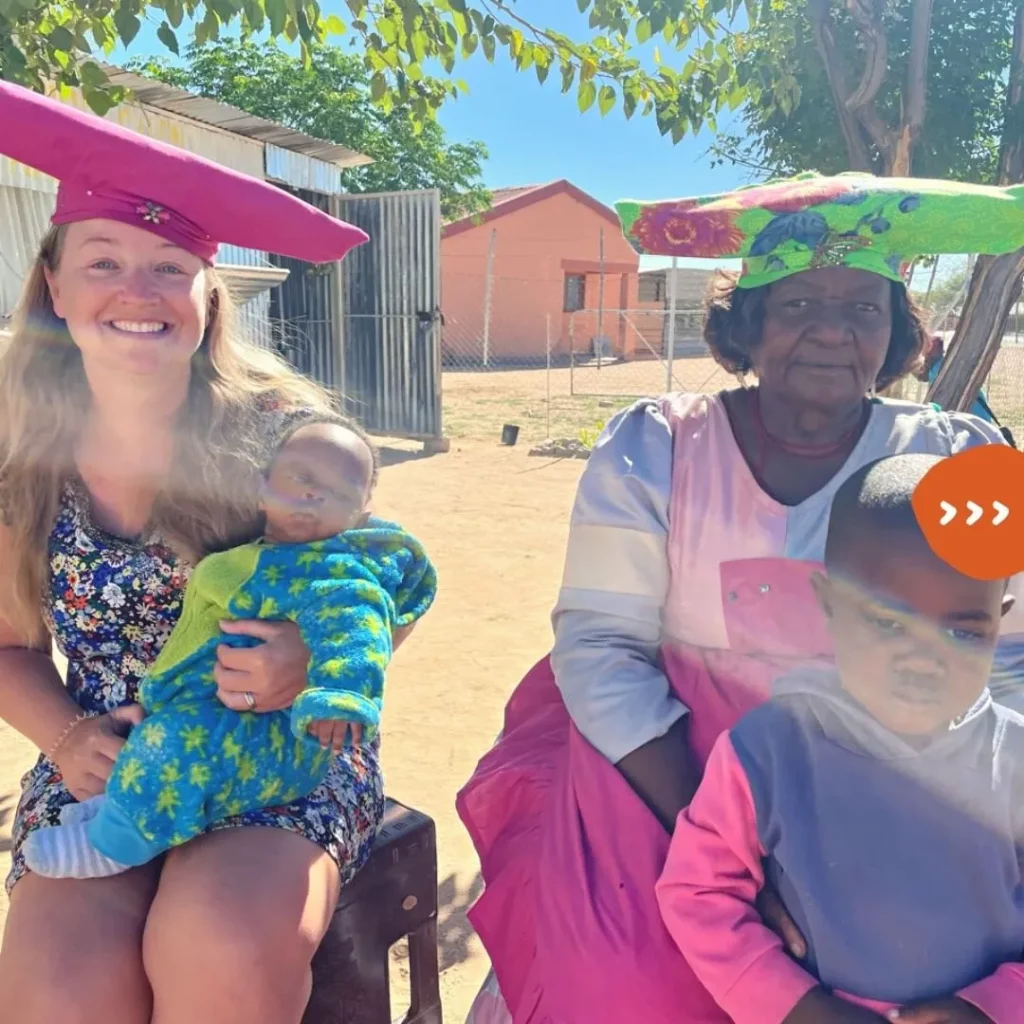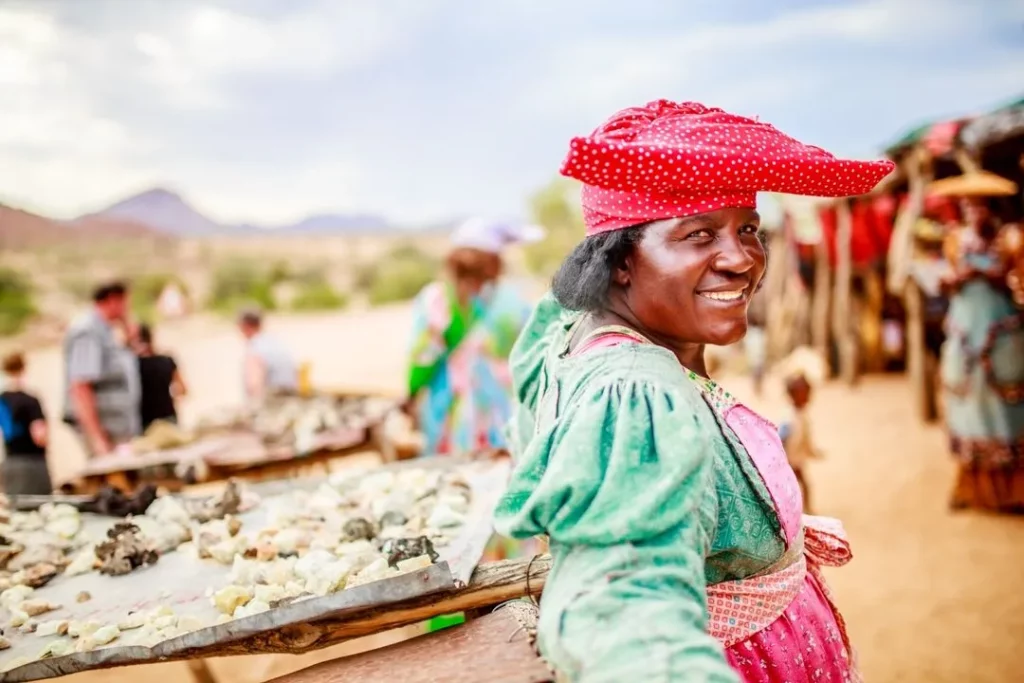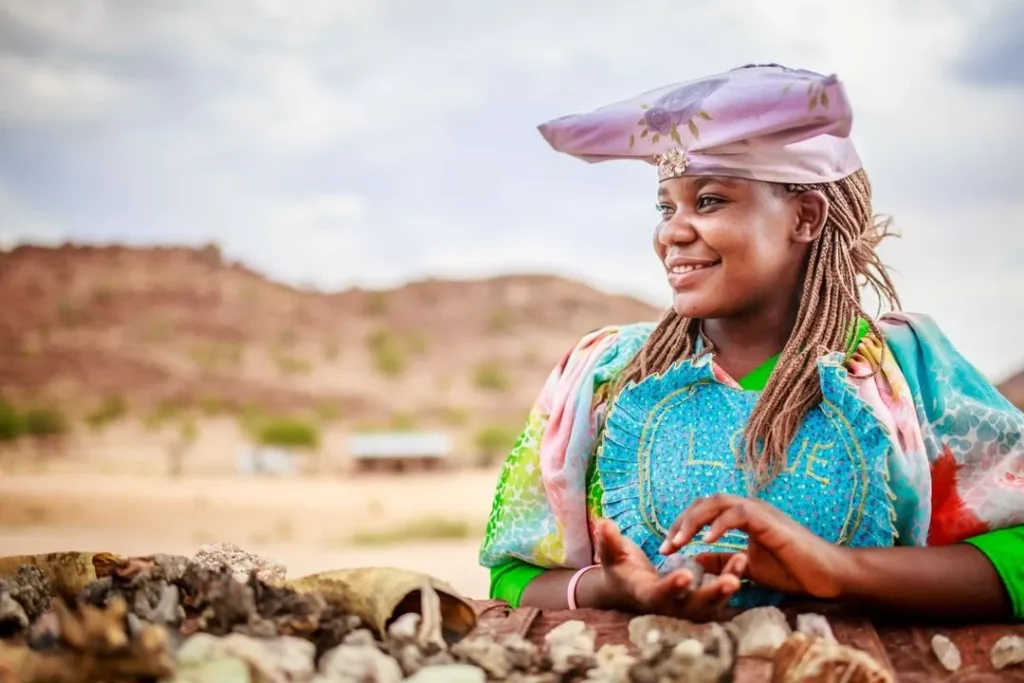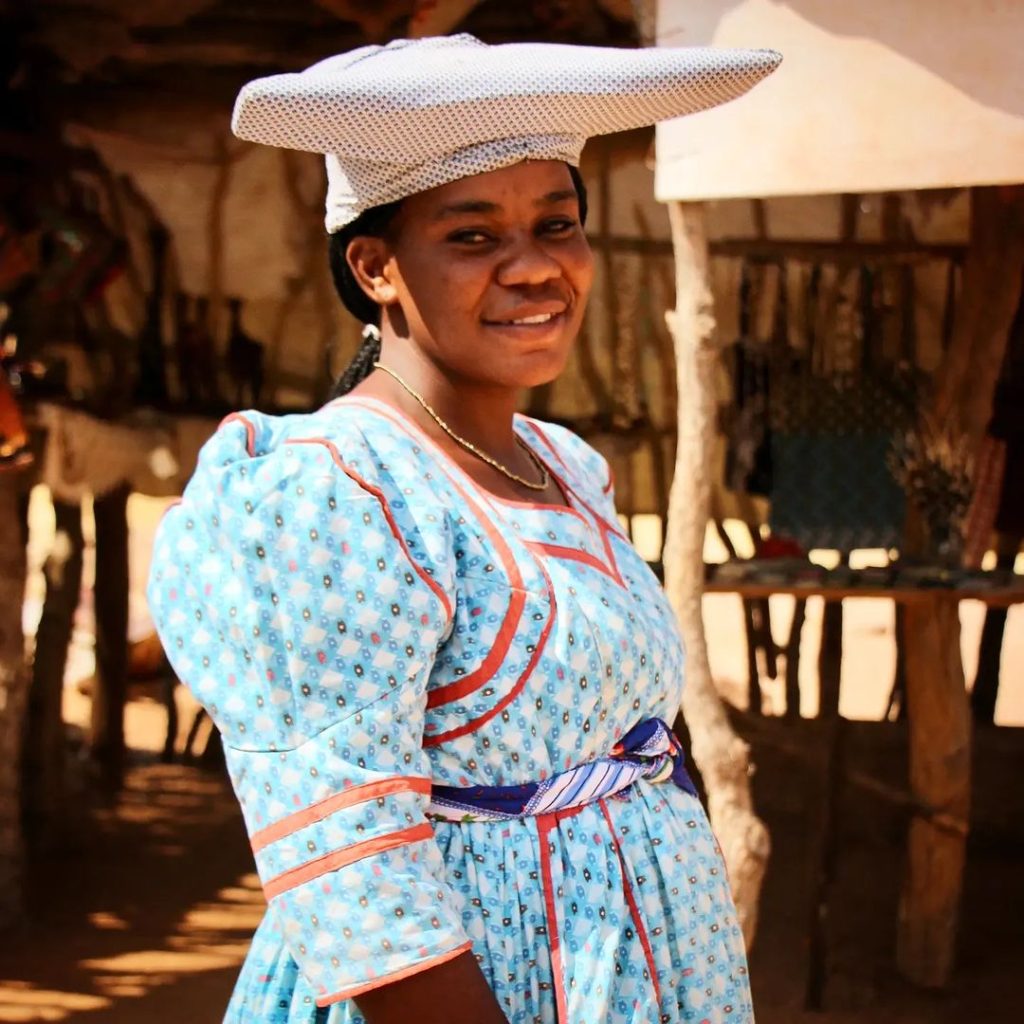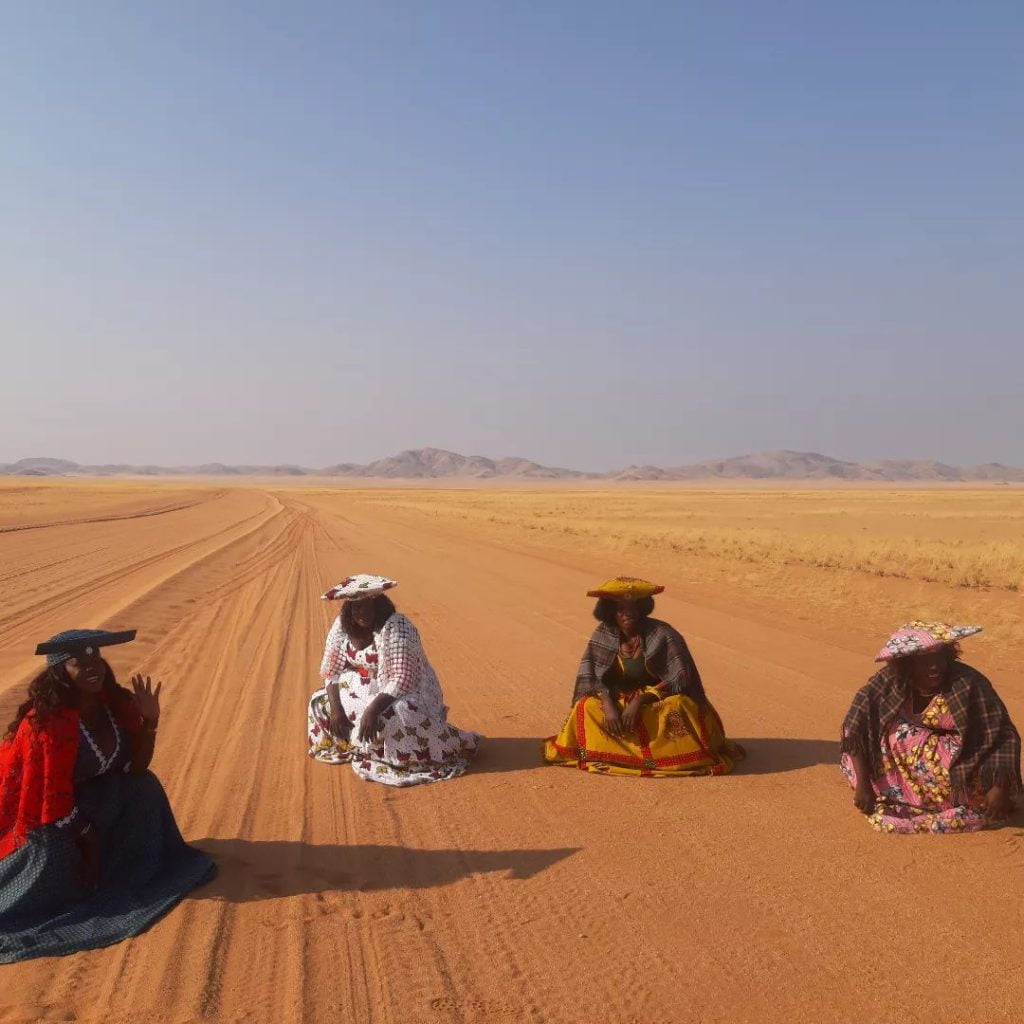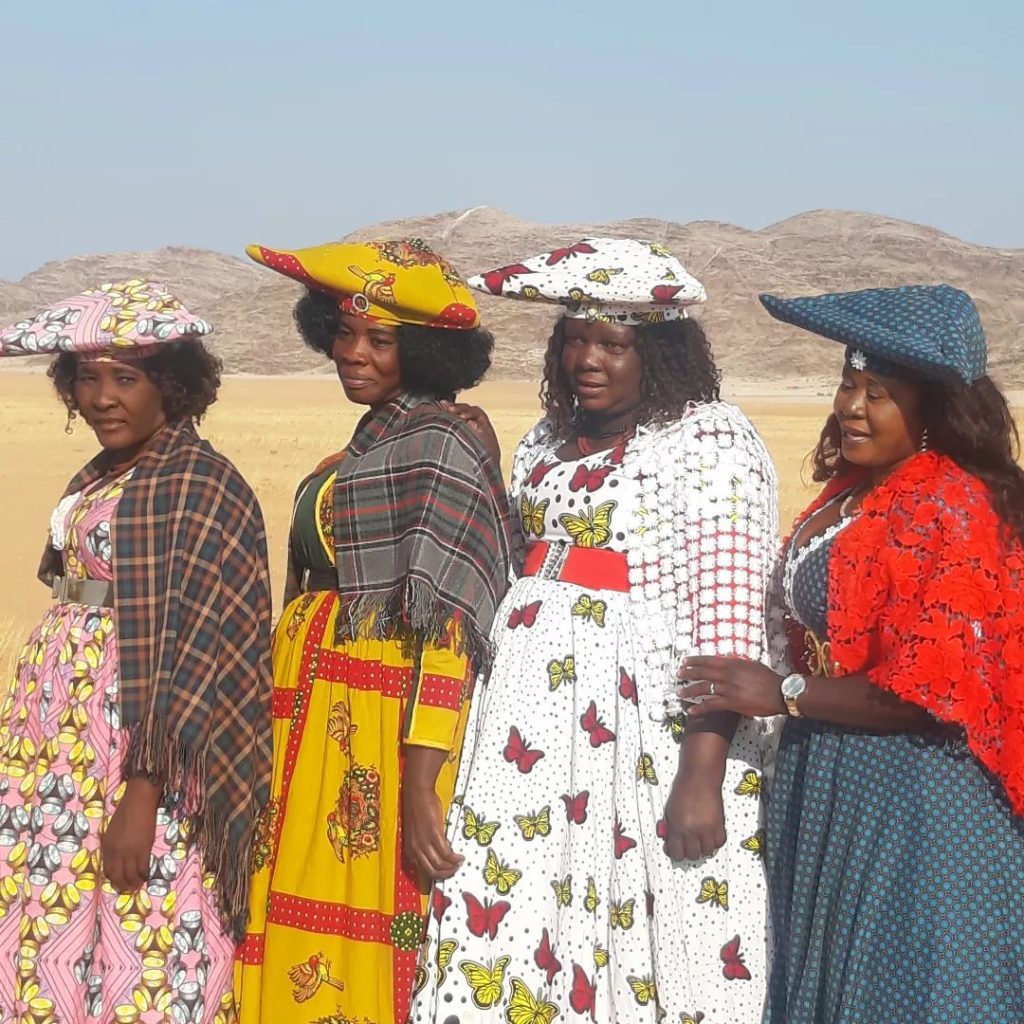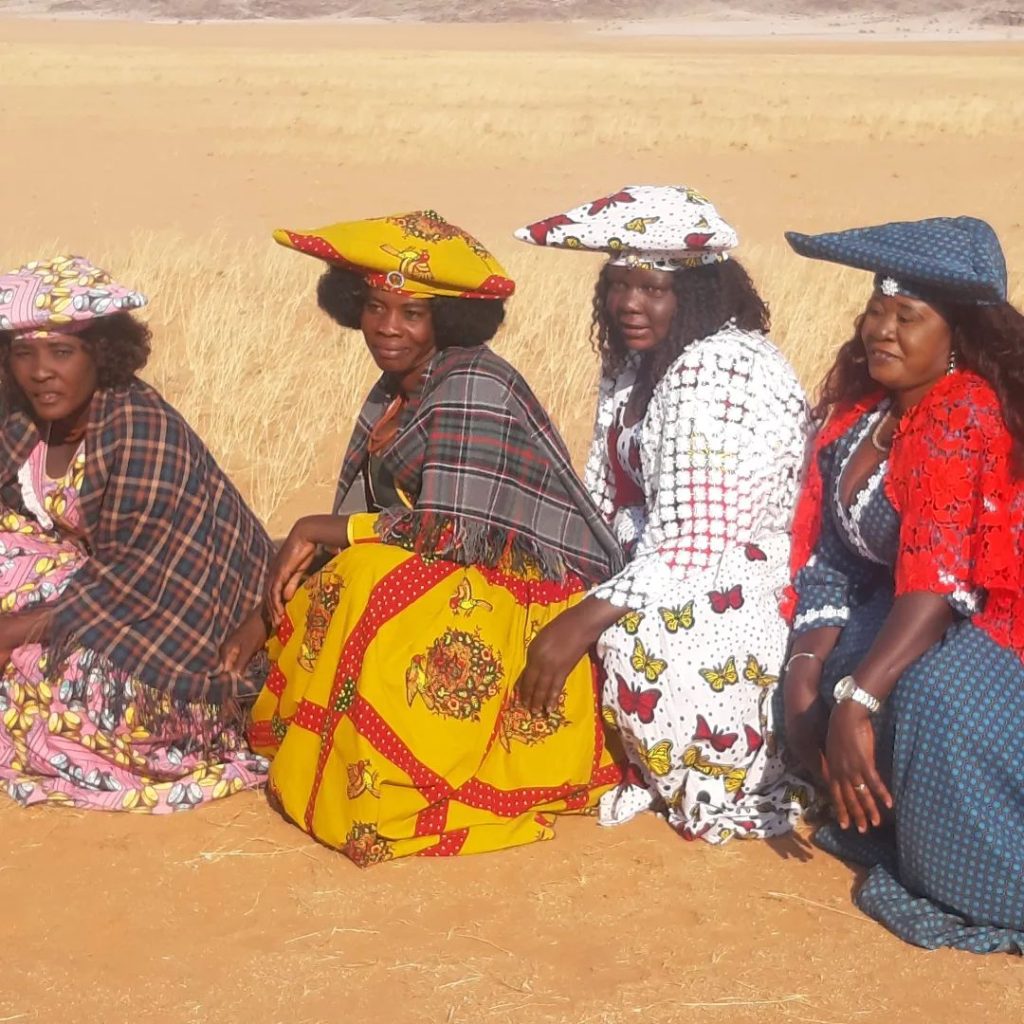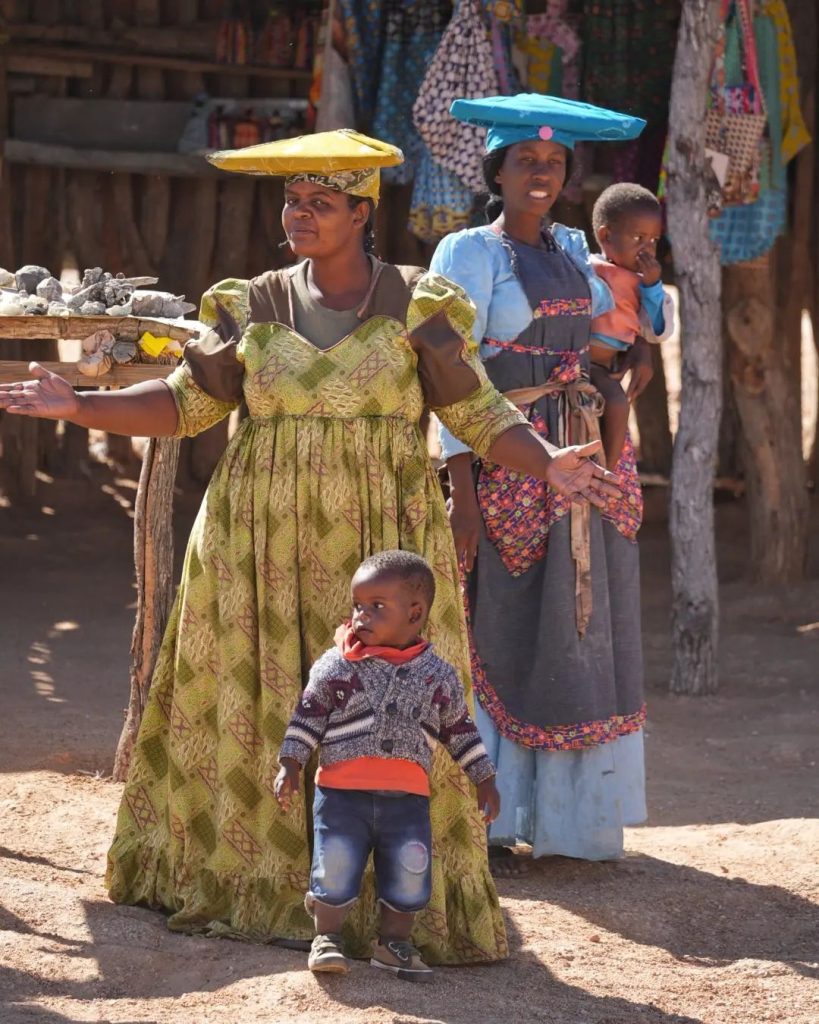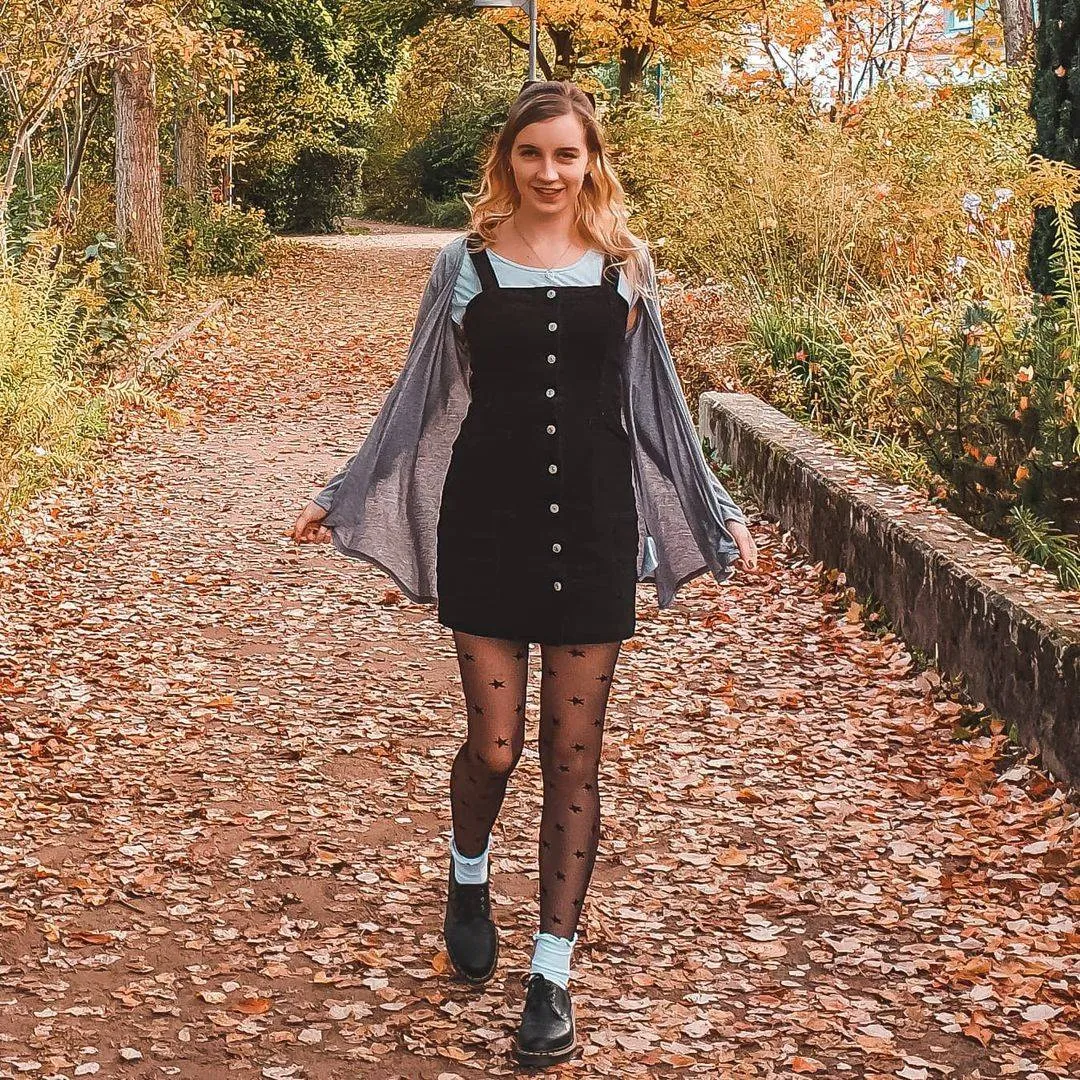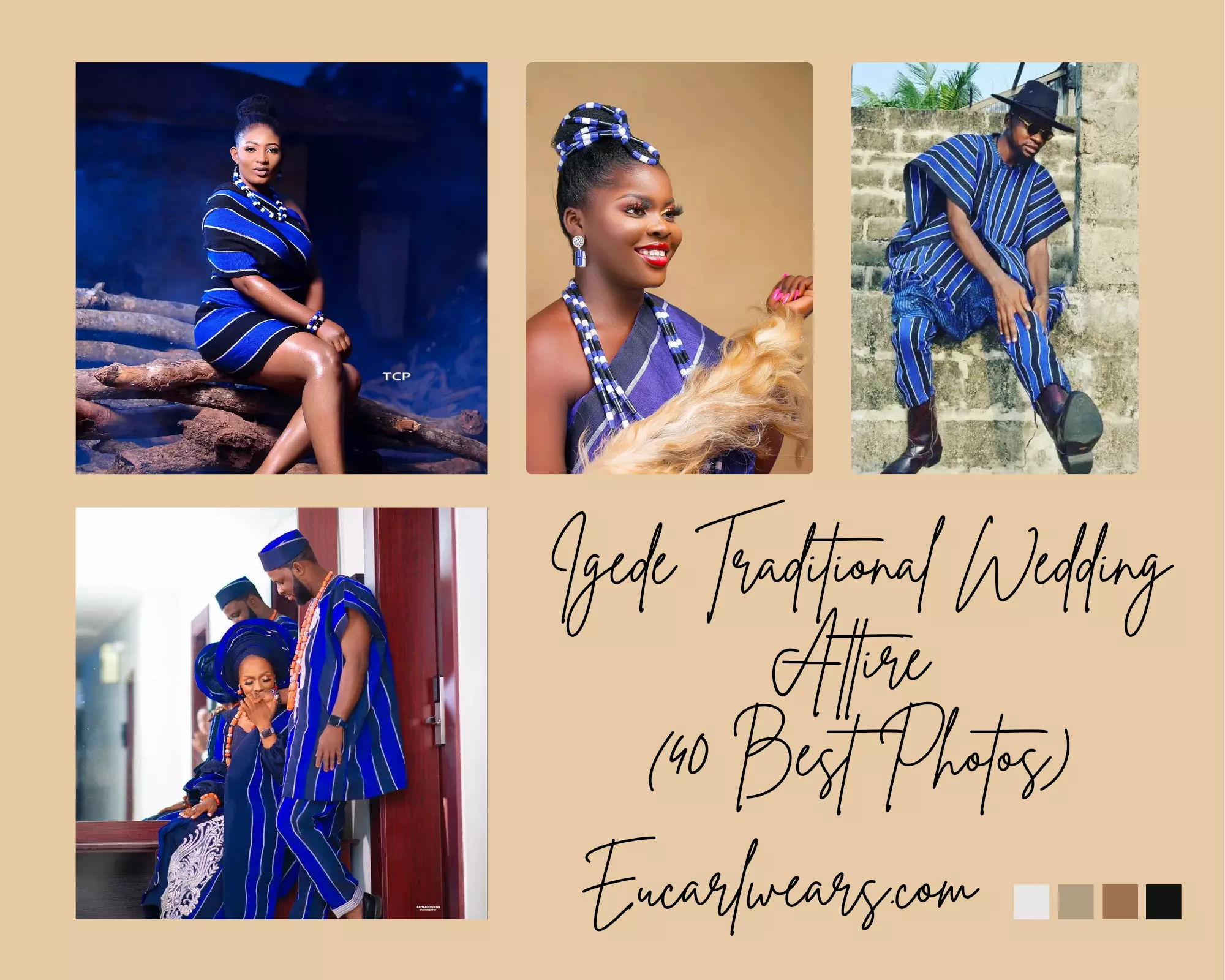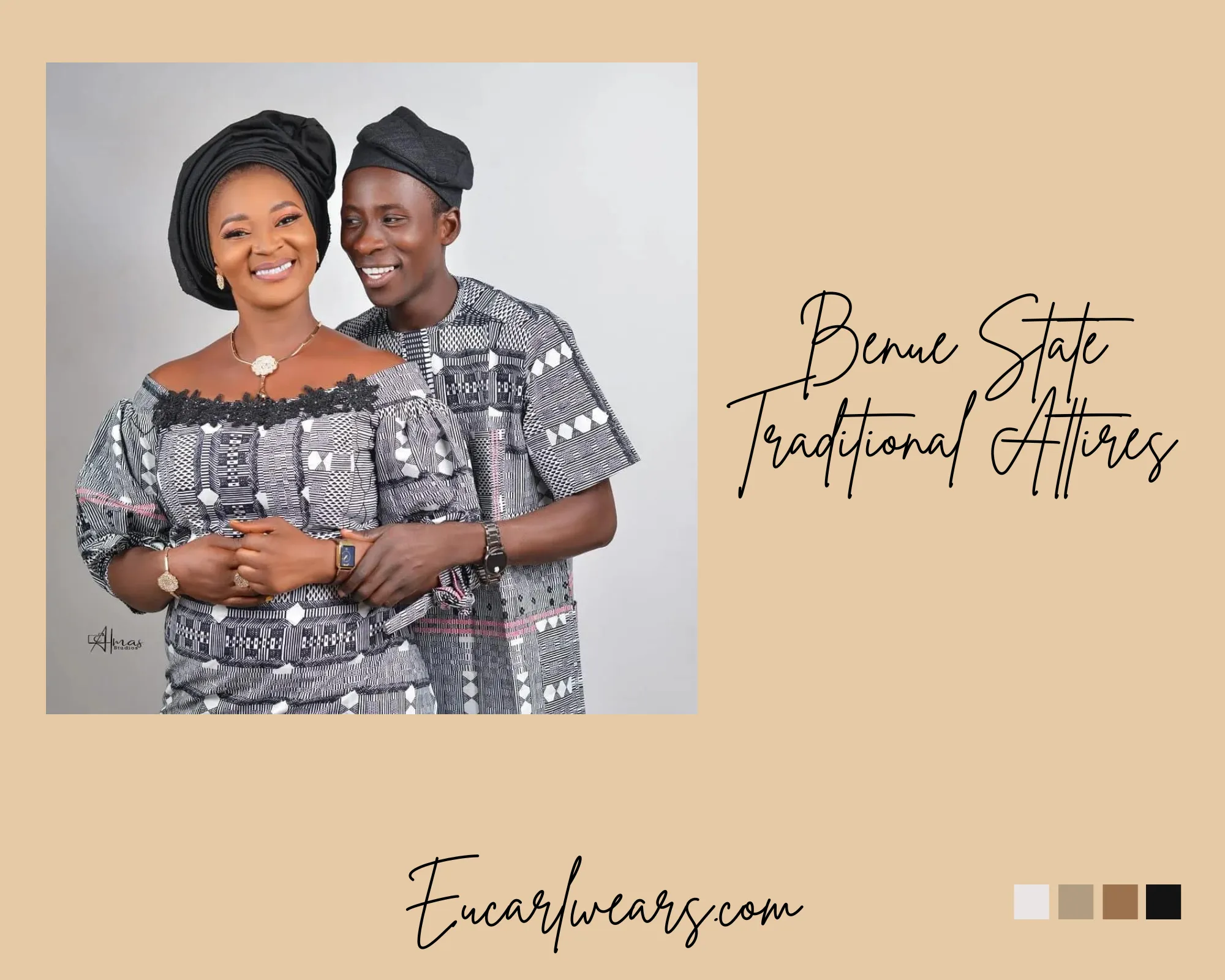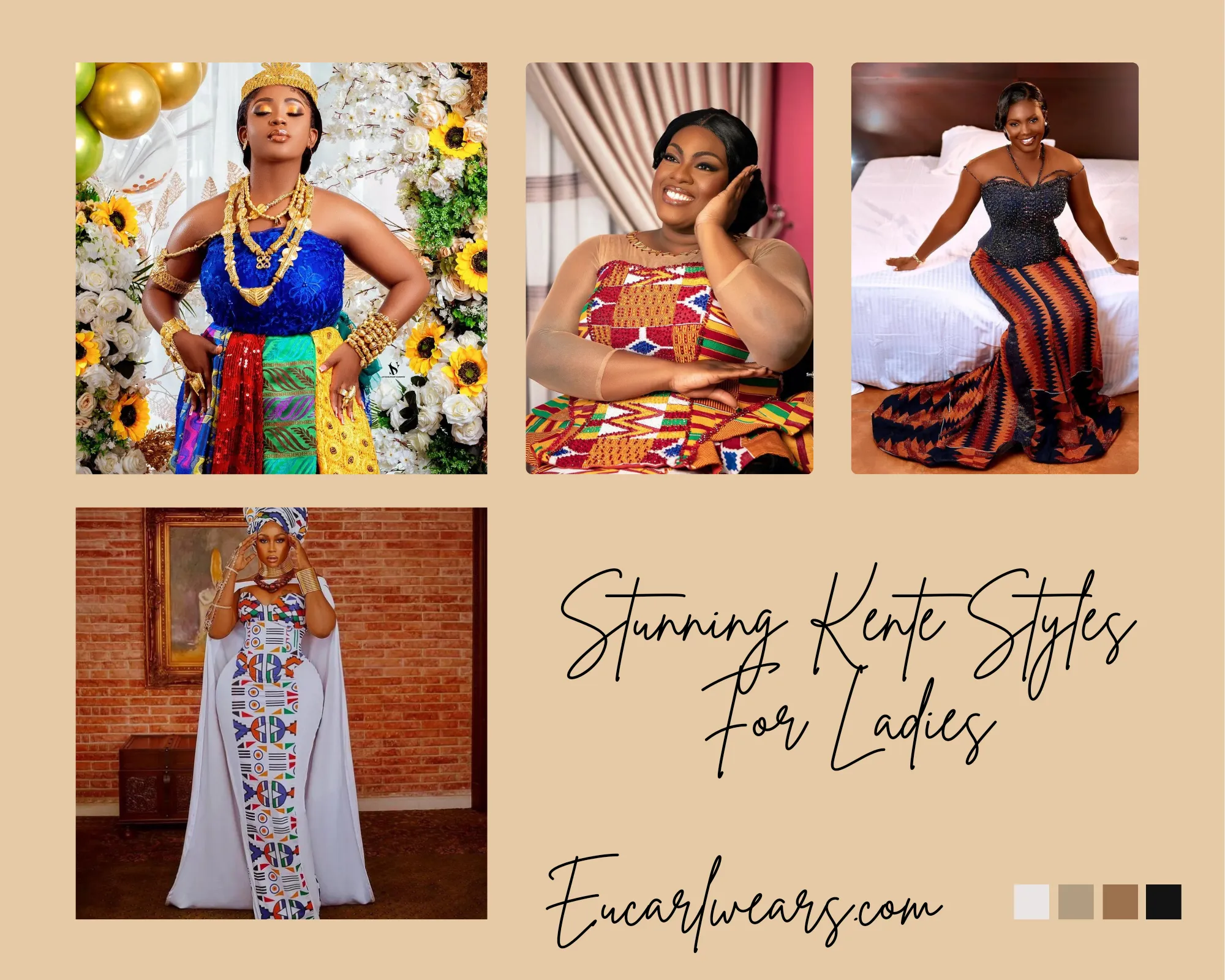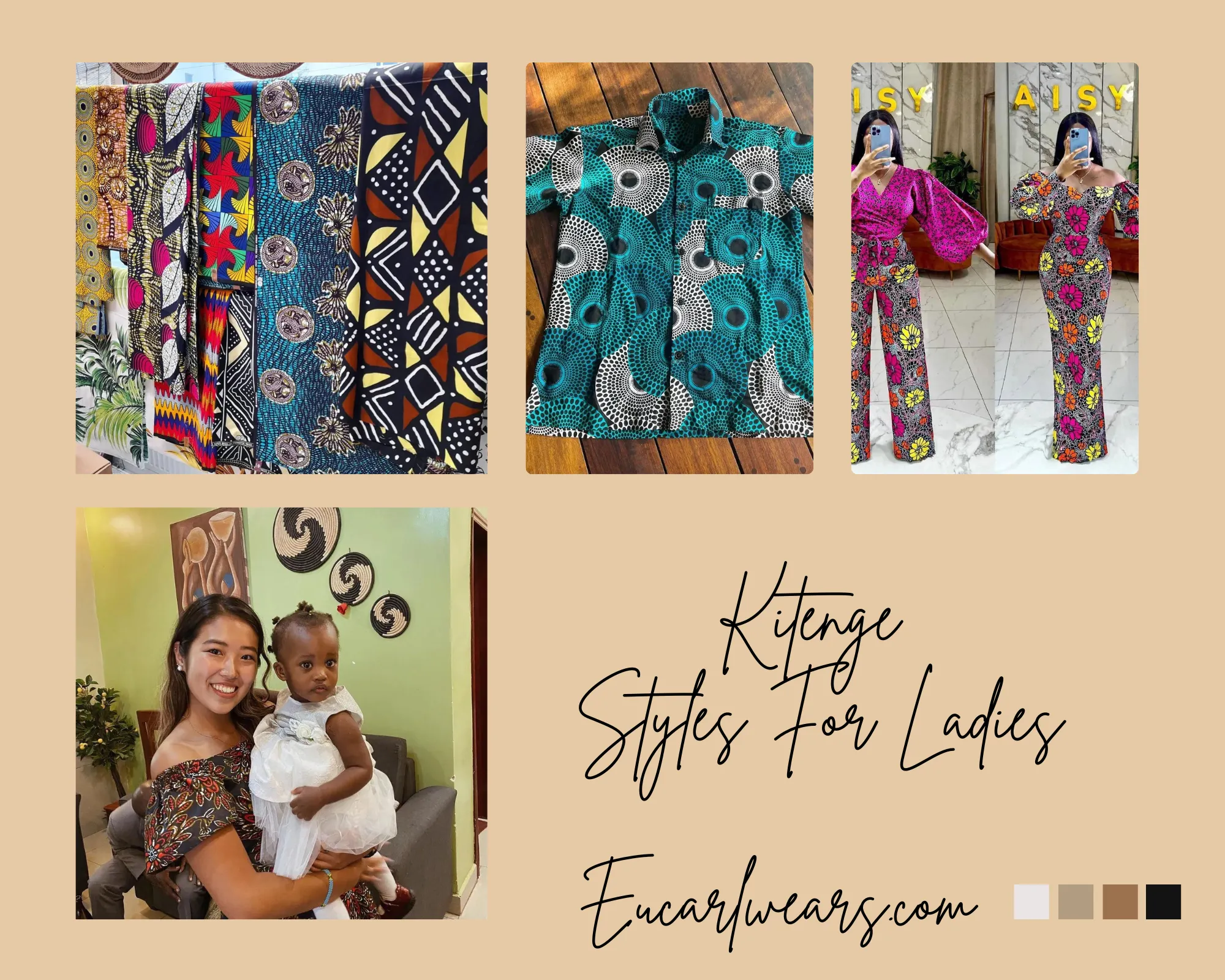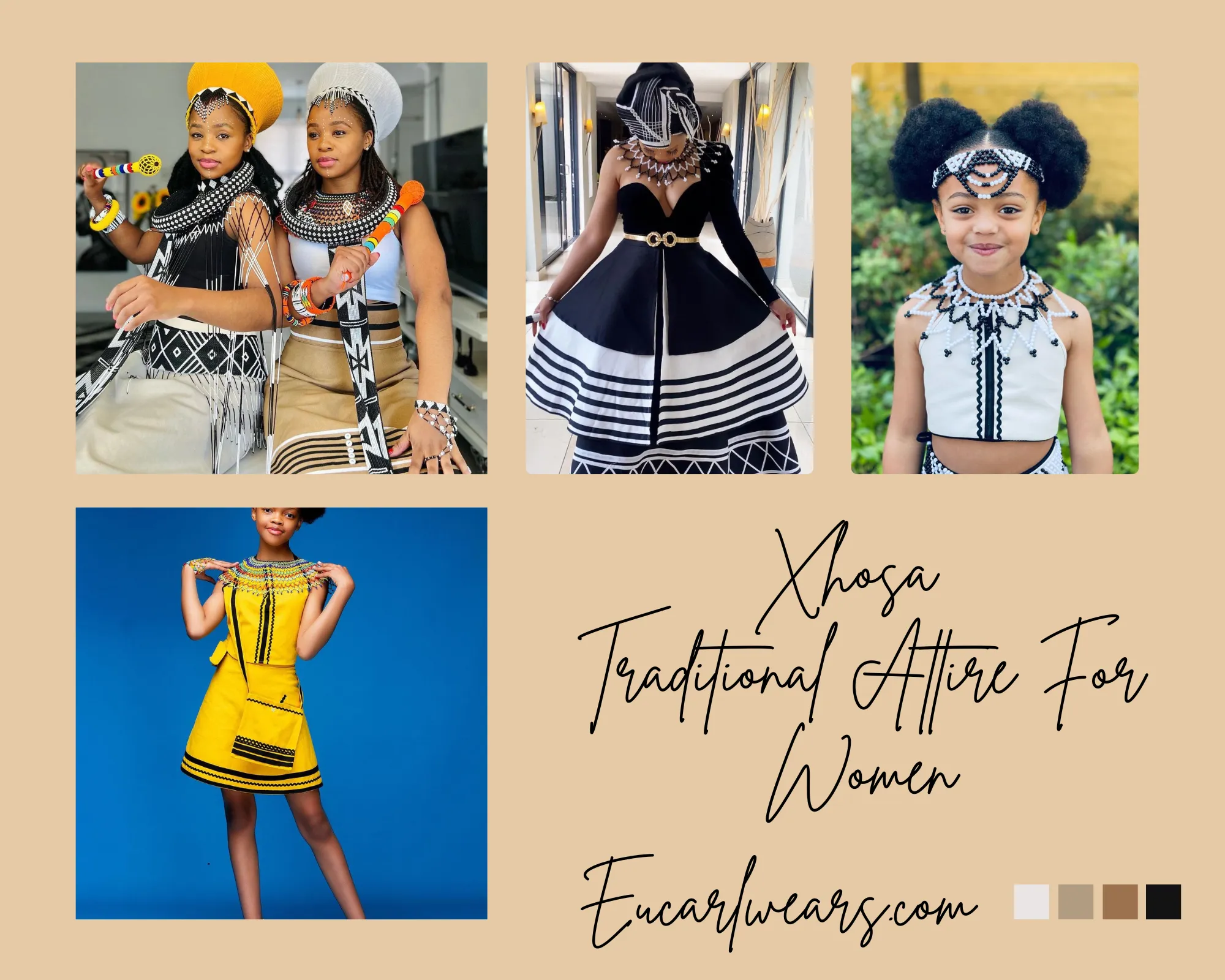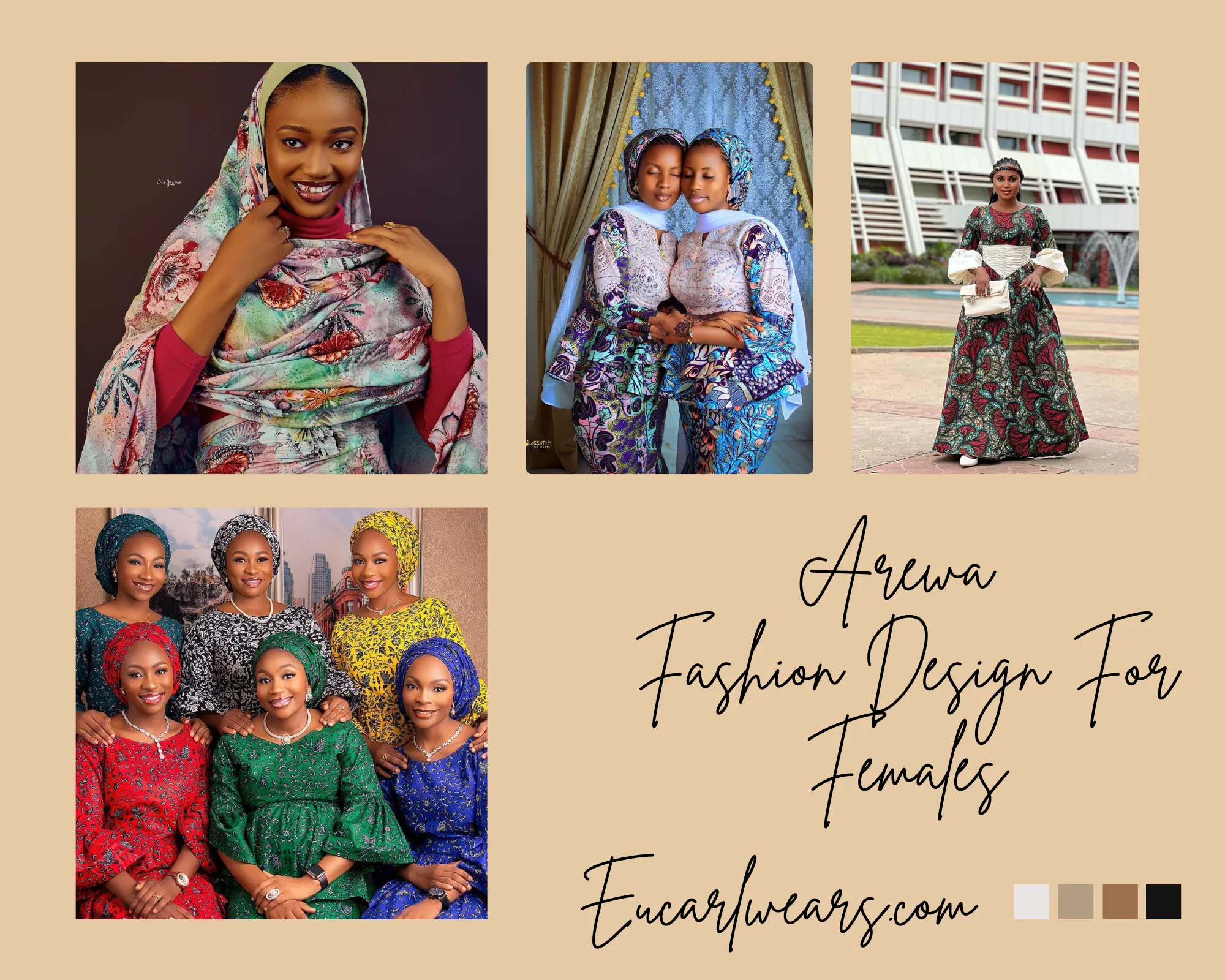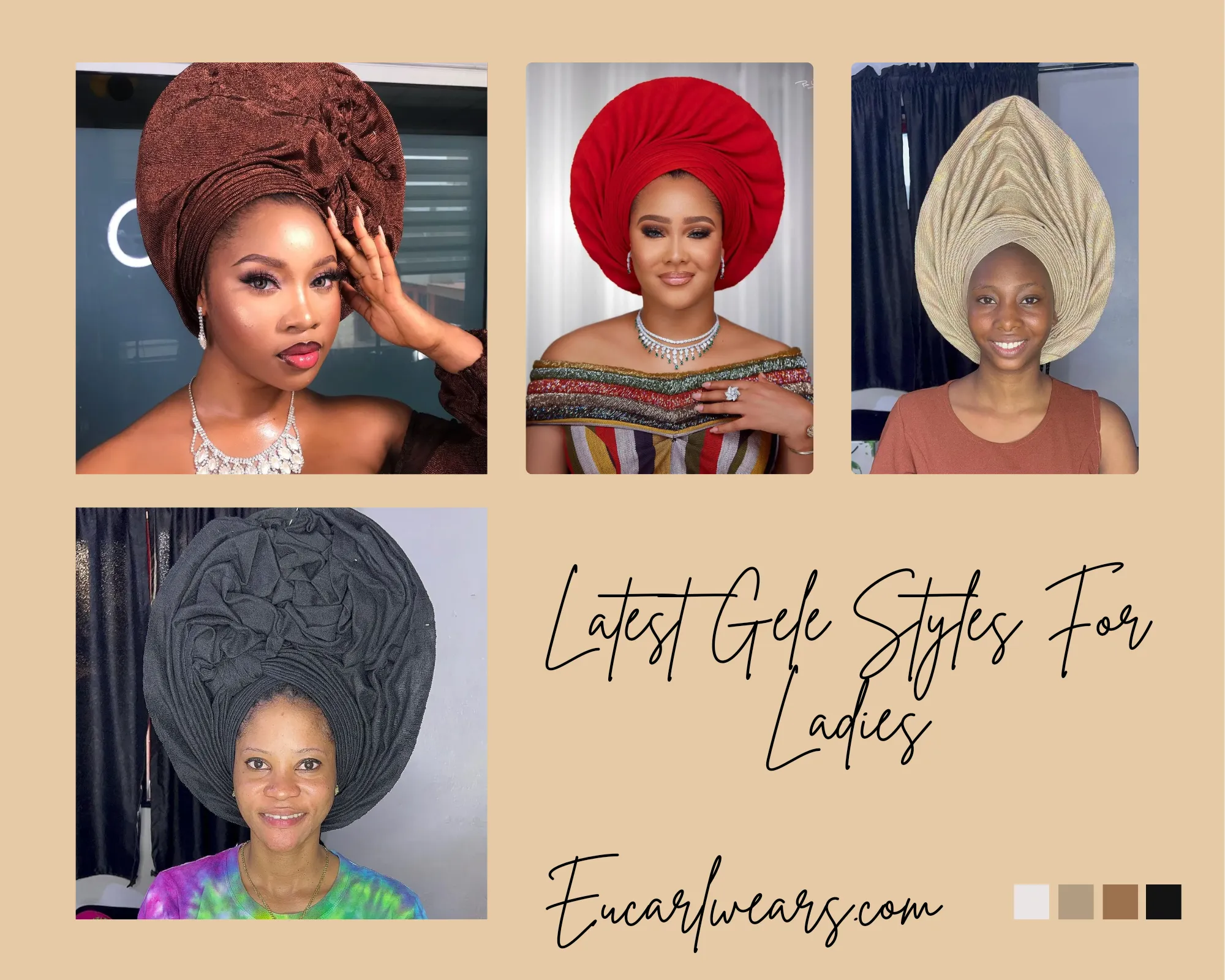African Wear
Herero Traditional Attire of the Namibians

The Herero people are densely populated in the North of Namibia, though some people from this tribe migrated to South Africa. The Herero Traditional Attire is what you can refer to as ‘Costume from Conflict’ since the outfit originated as a symbol of resistance to the German Empire.
The traditional Herero dress is known as ‘Ohorokova’. It is an A-lined patterned gown with colourful prints, vibrant patterns and stylish petticoats.
The Herero Traditional Attire is worn with the traditional Herero hat called ‘Otjikaiva’. The horizontal headdress is a cow horn-shaped hat used to pay homage and respect to the horned cattle. To create this headdress, a piece of cotton fabric is wrapped around a rolled paper into the form of a cow or bull’s horn.
Significance Of The Herero Traditional Attire of the Namibians
The Herero People’s Army of Namibia is a movement geared towards keeping the history and memory of the genocide of the Herero people alive. The Herero genocide happened with the Nama genocide as a campaign of racial extermination.
The German Empire undertook this action as a collective punishment against the Ovaherero and the Nama in German South West Africa (Now Namibia). This was the first genocide recorded in the 20th century and it took place between 1904 and 1908.
The Herero people were led by Samuel Maharero and the Nama by Captain Hendrik Witbooi in a rebellion against the oppression of German colonial rule. It was recorded that at least 65,000 people died, from the rebellion, many from starvation and dehydration since they were forced into the desert, and many in concentration camps where they served as sexual slaves, among other atrocities.
In 1985, the United Nations Whitaker Report expressed that all the actions of the German Empire were to exterminate the Herero and Nama peoples of South West Africa. In 2004, the Germans apologised for all the actions they meted out on their victims. Up until today, the German state give out financial compensation to all the victims’ descendants from the genocide
This Herero women’s headdress recalls the bull’s horn – a symbol of the identity of the Herero people of Namibia. The women wore it during the pre-colonial periods as a signal of resistance after the German genocide in the 20th century.
Below are some pictures of the Herero Traditional Attire of the Namibians.
Herero Traditional Attire: Pictures
